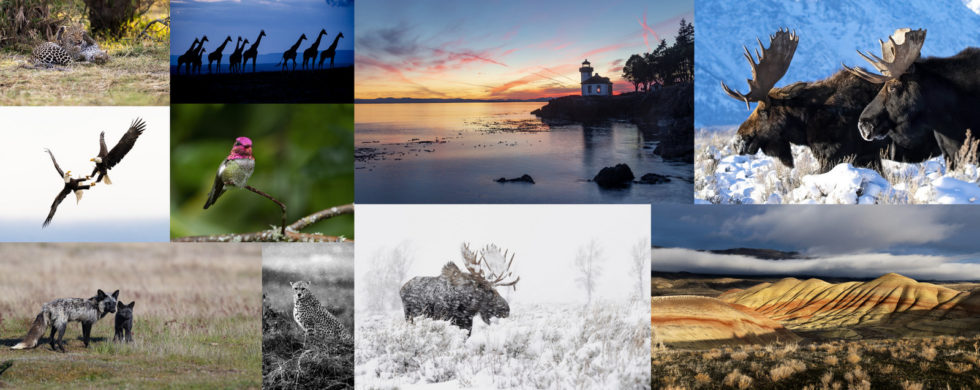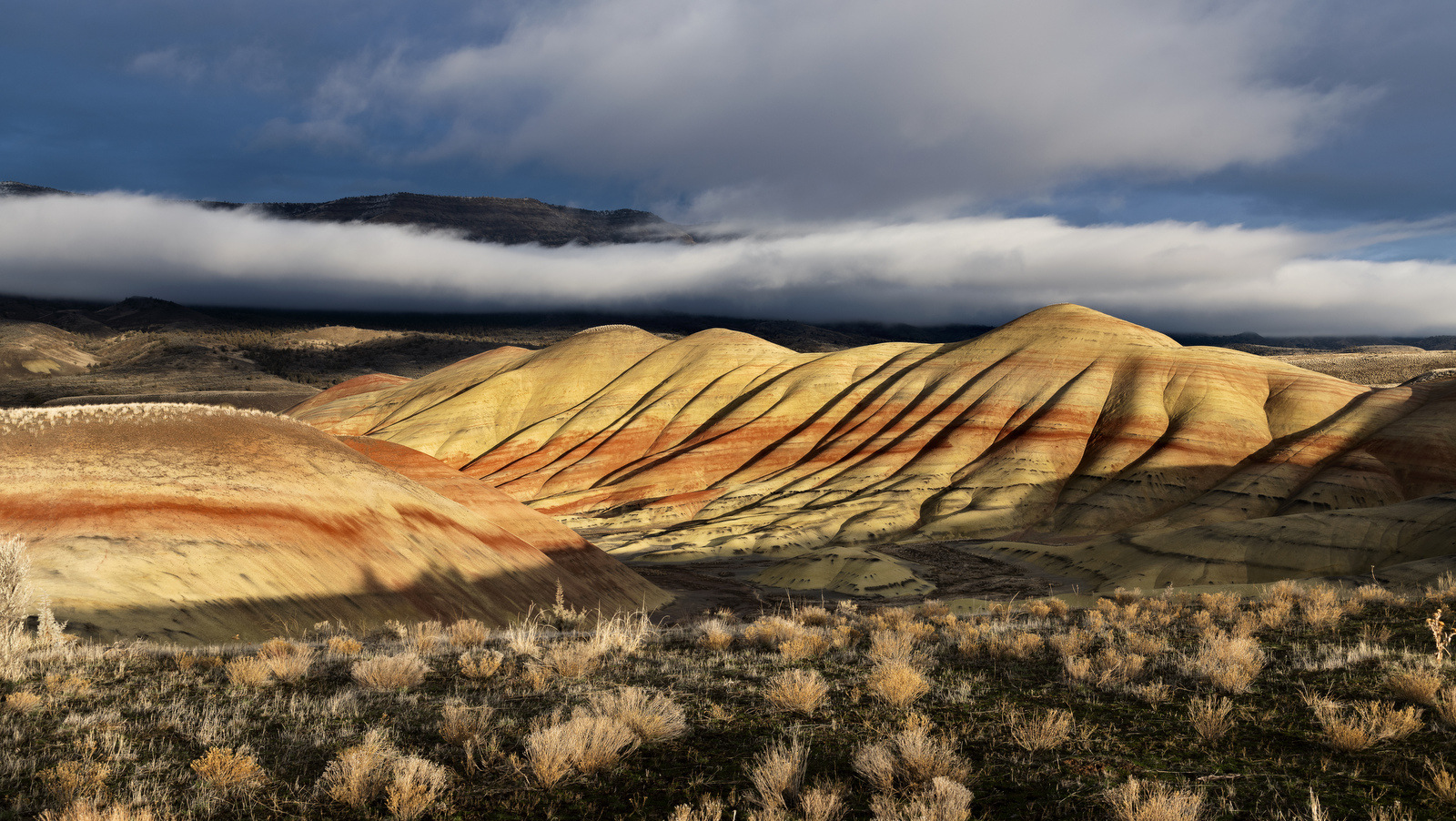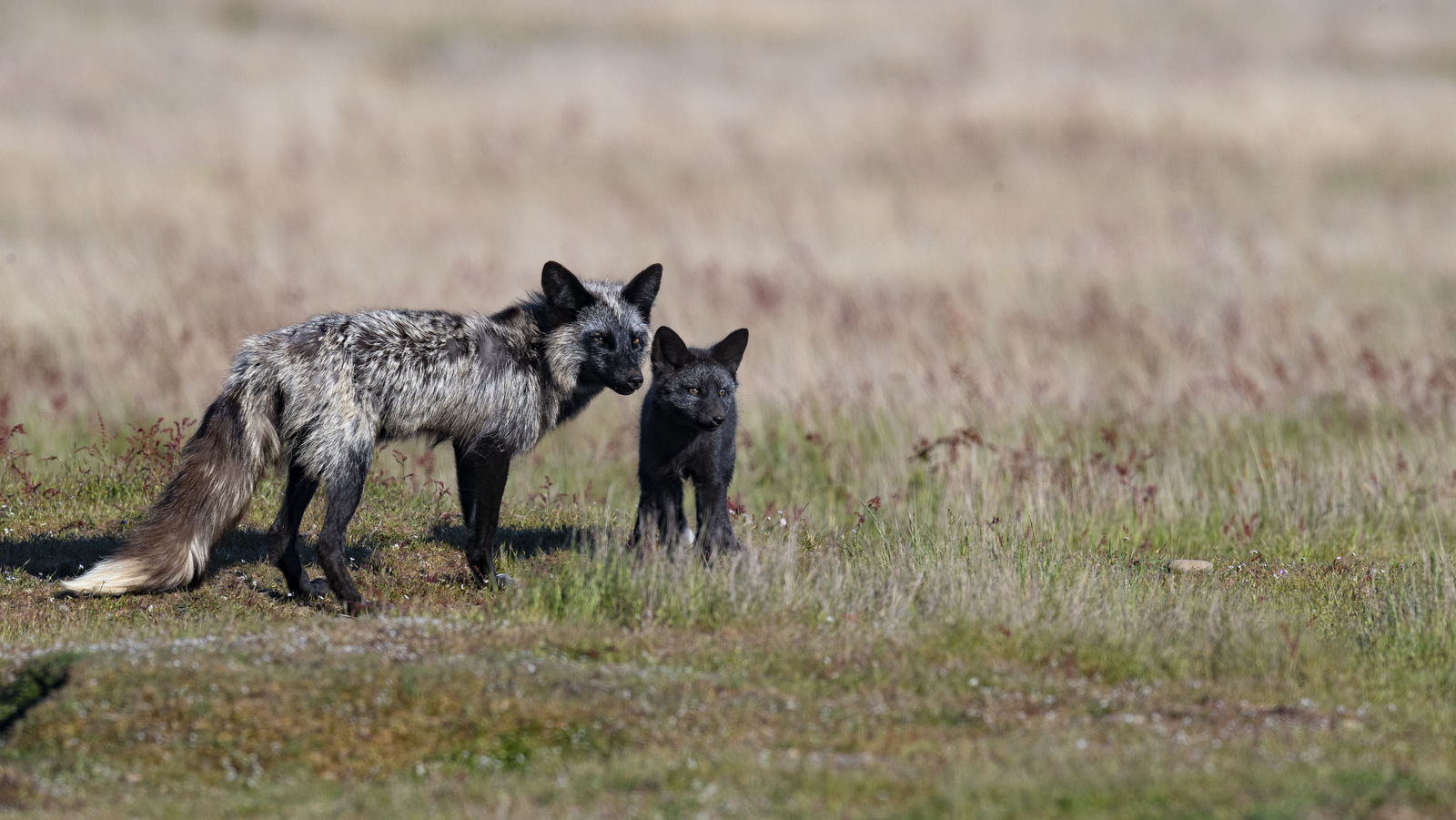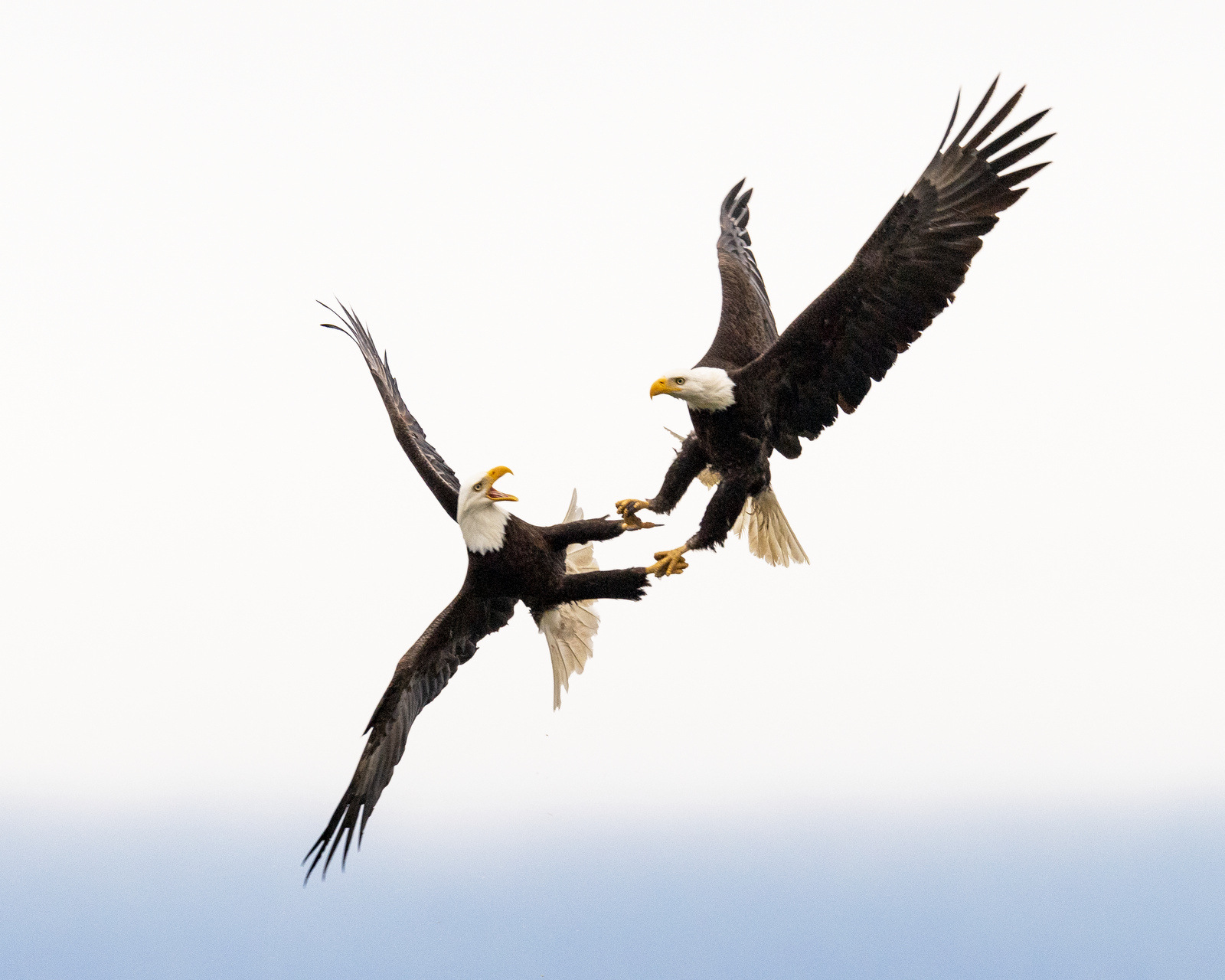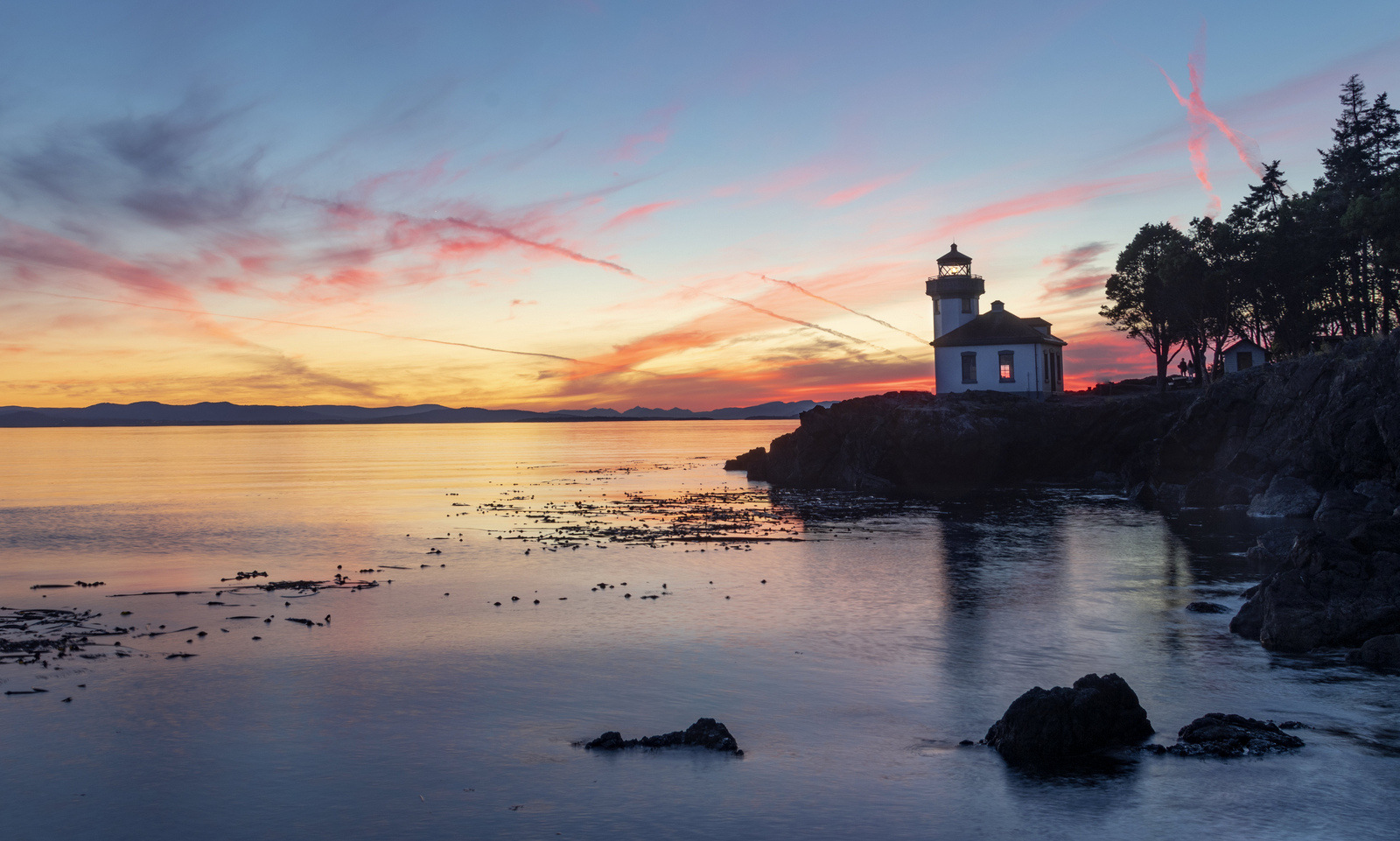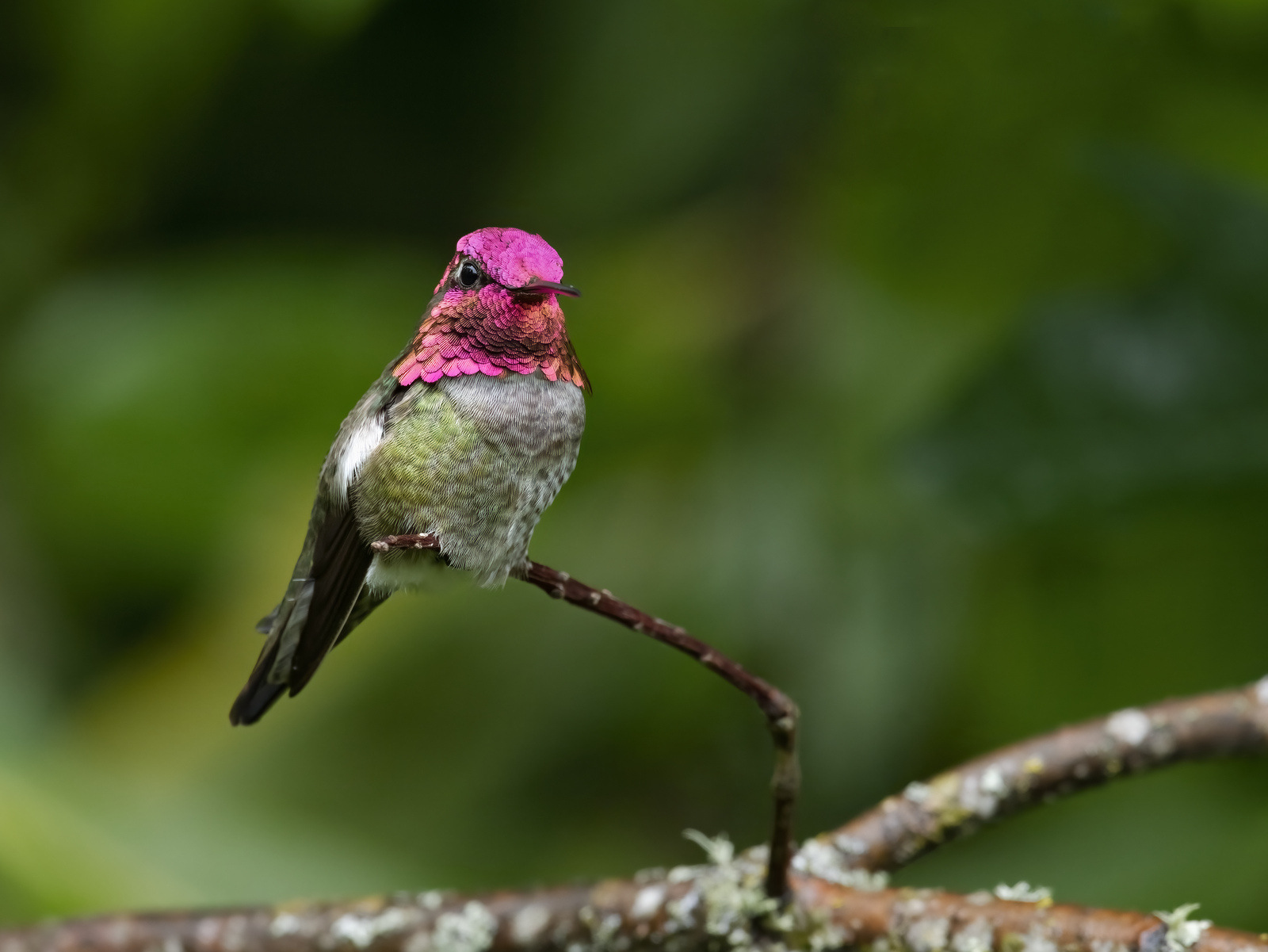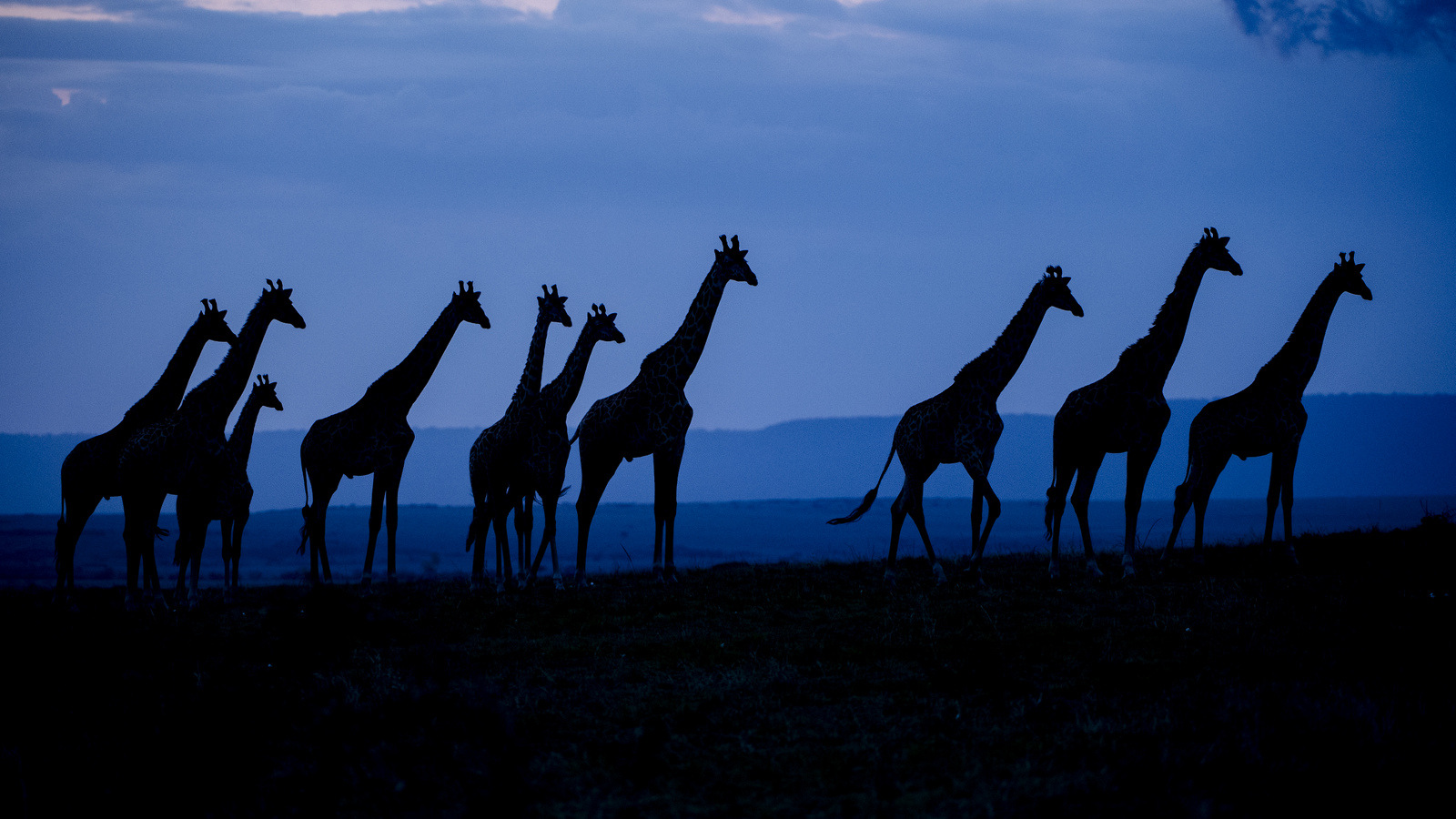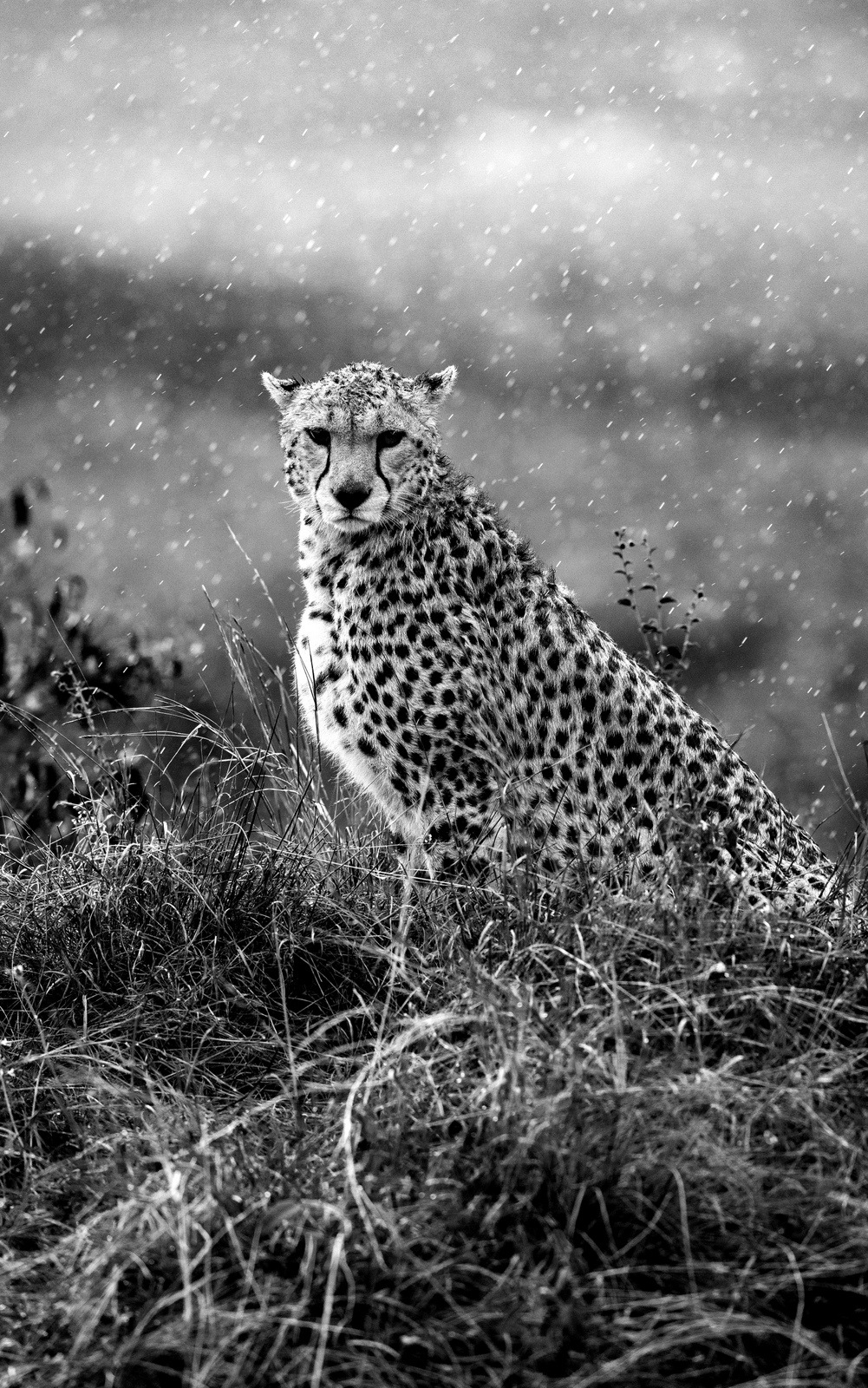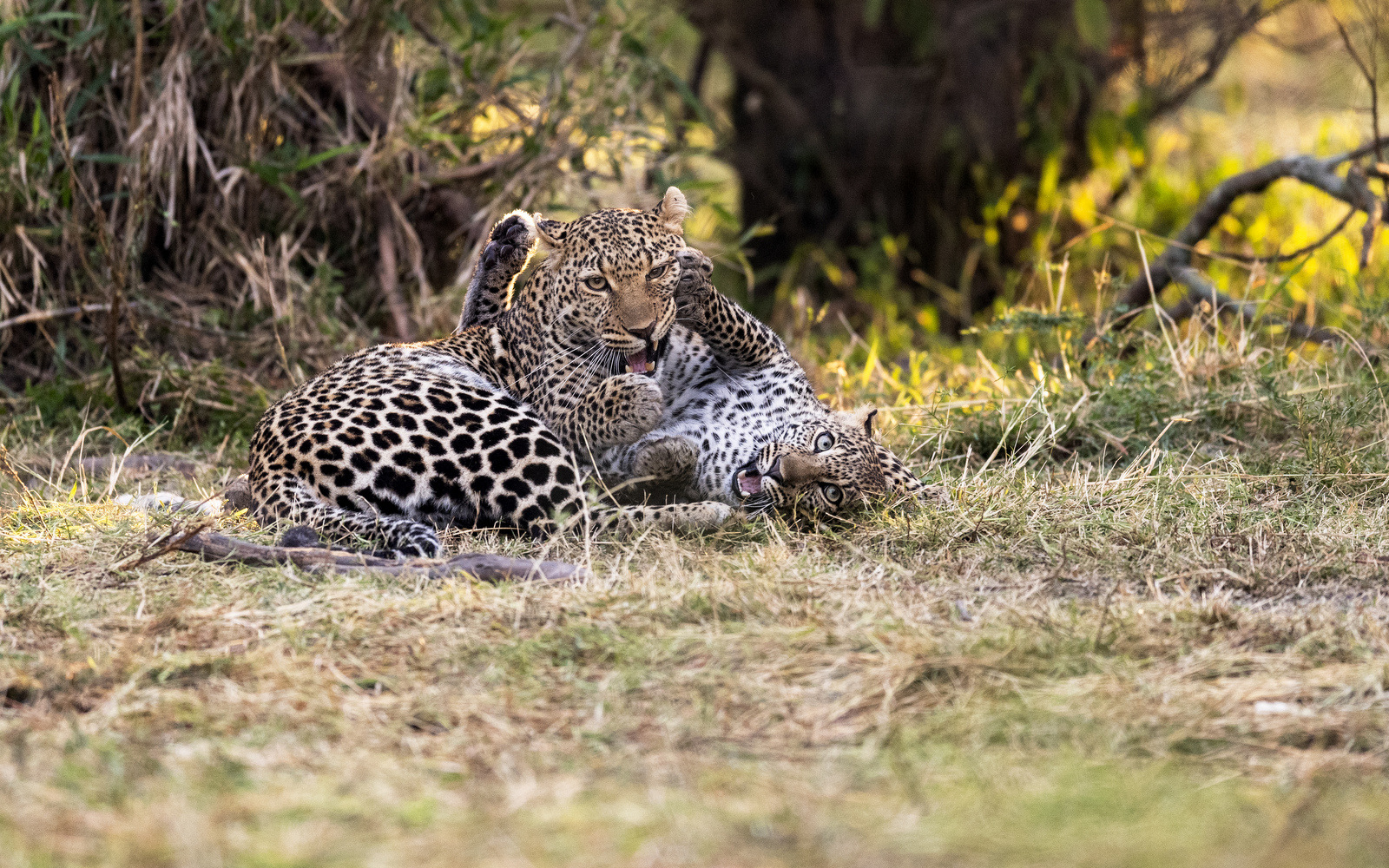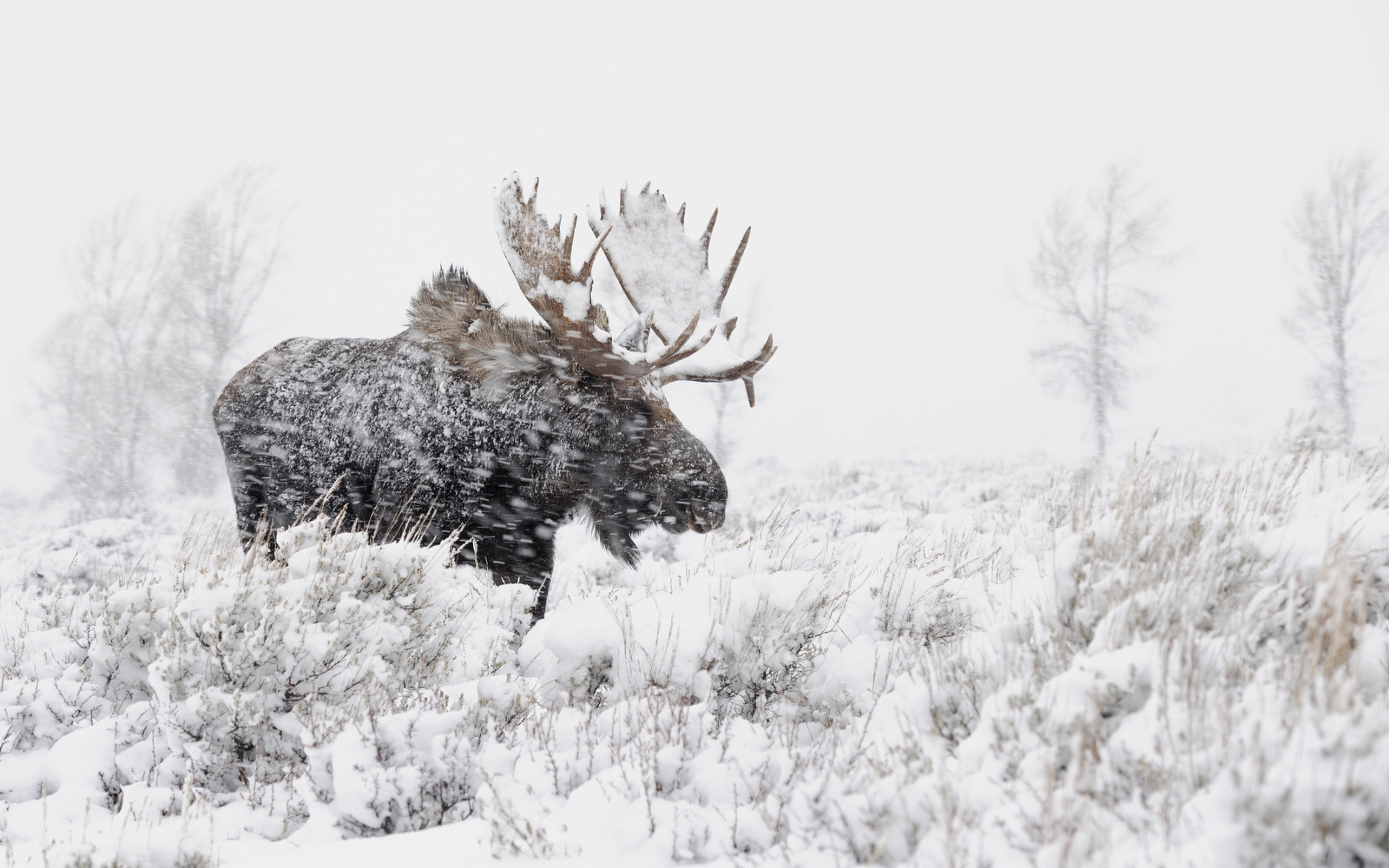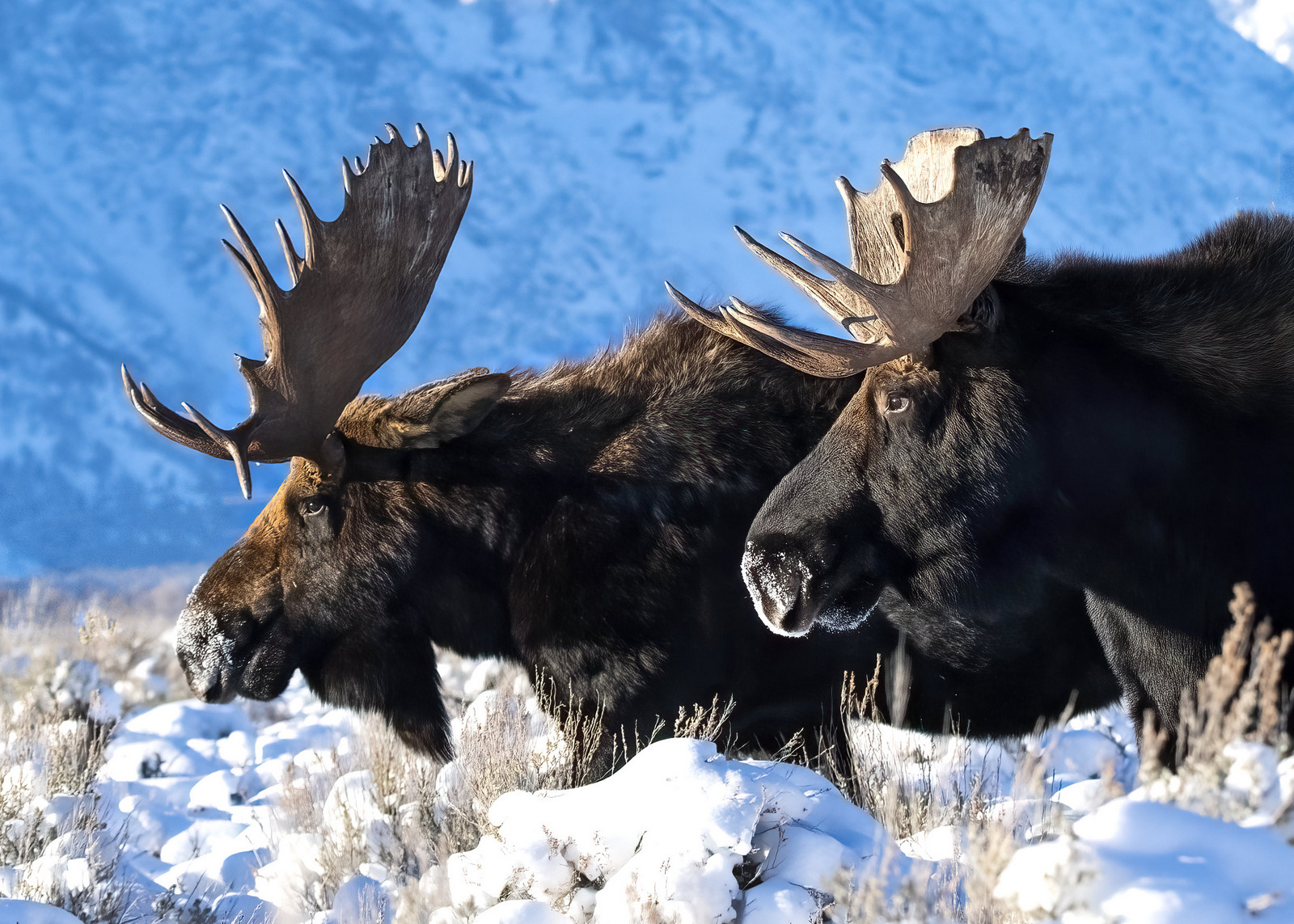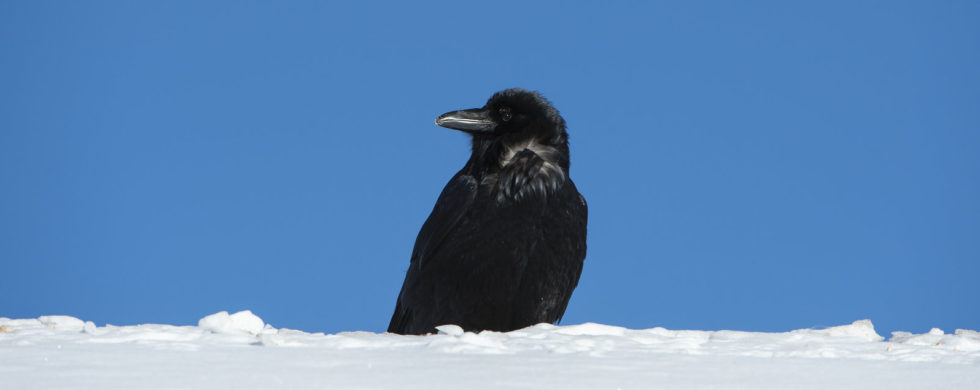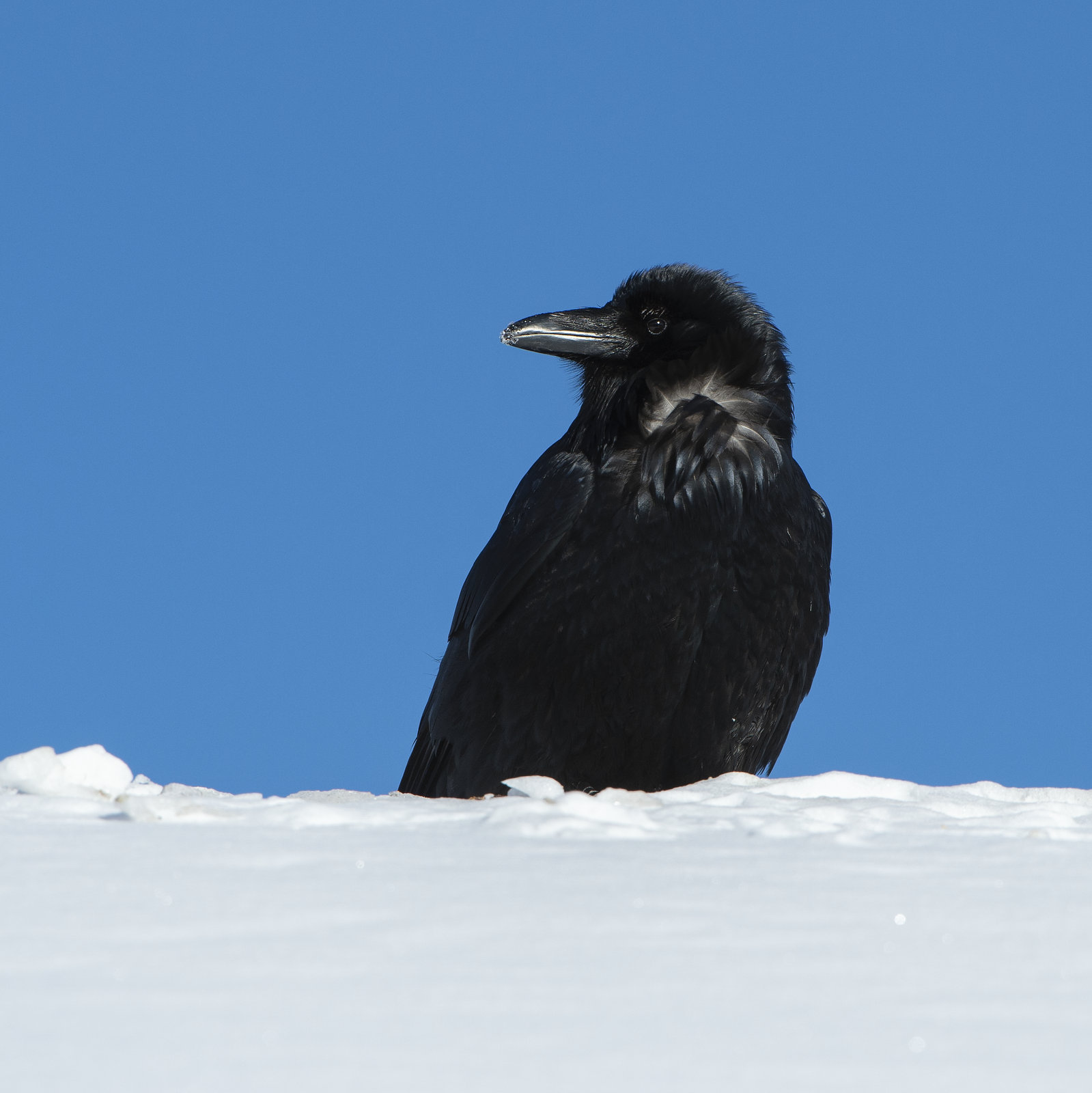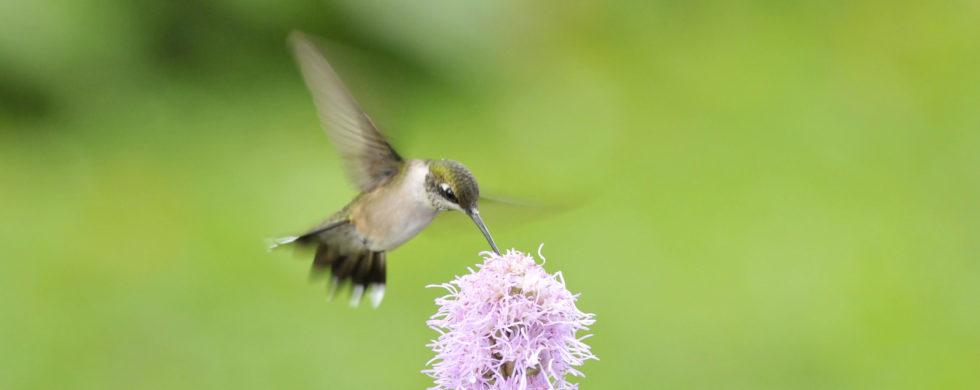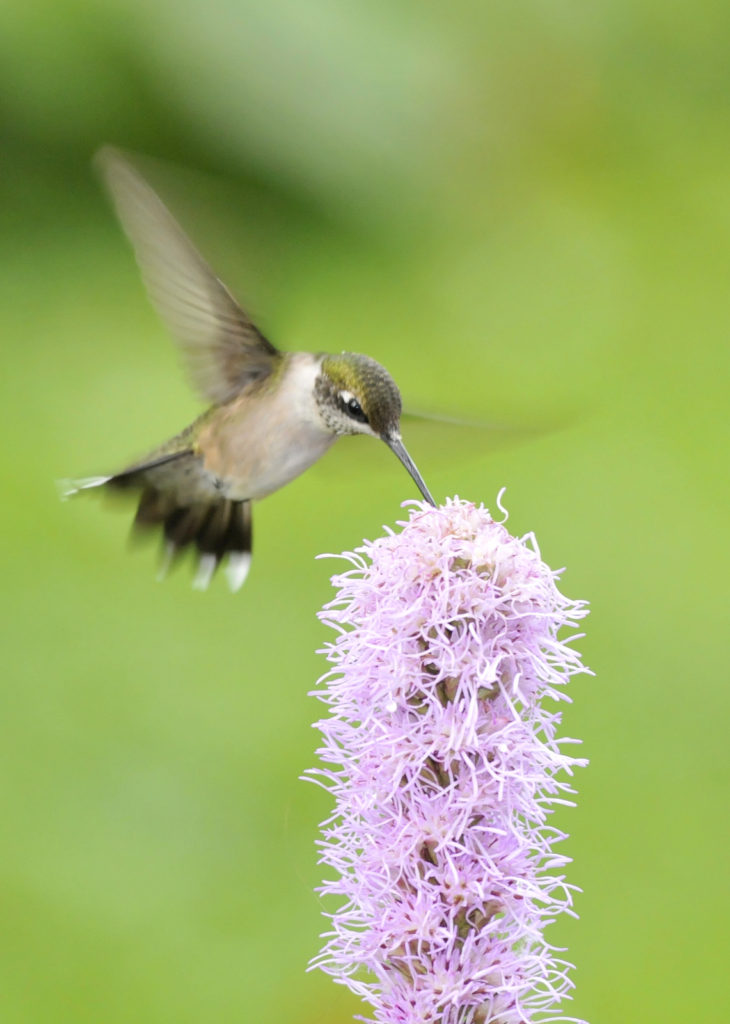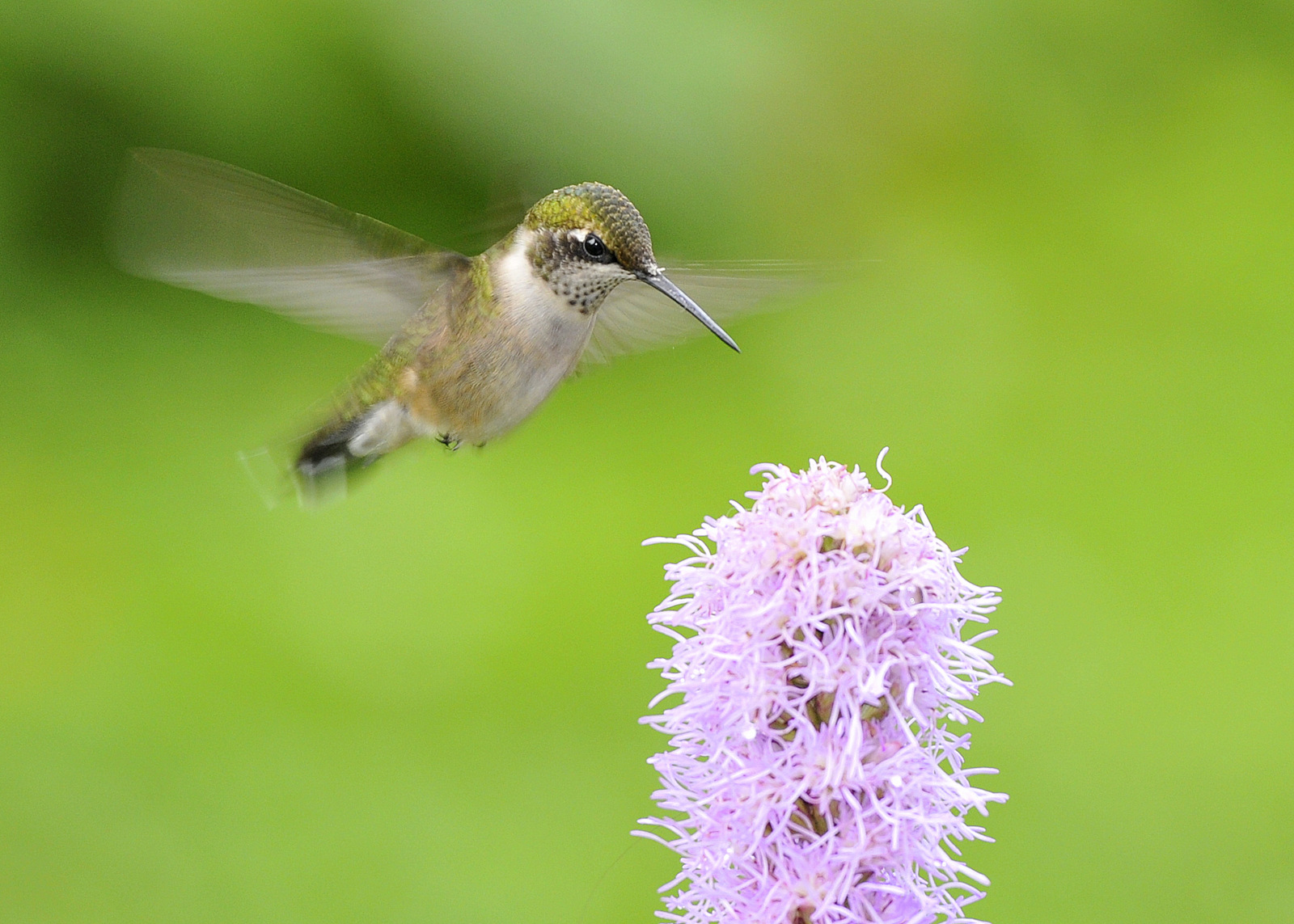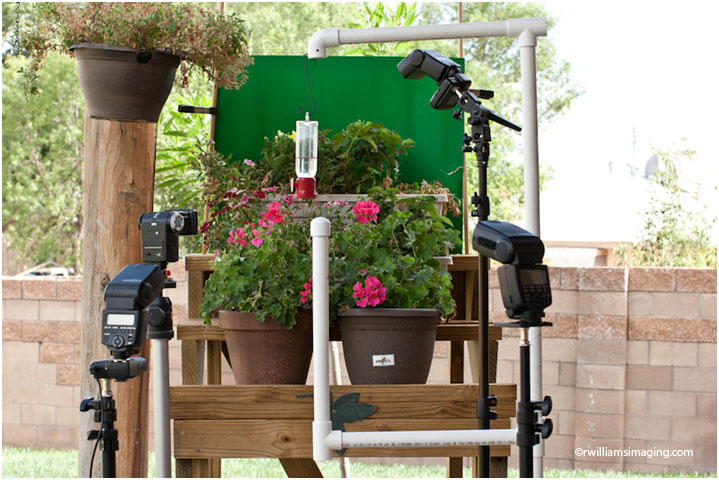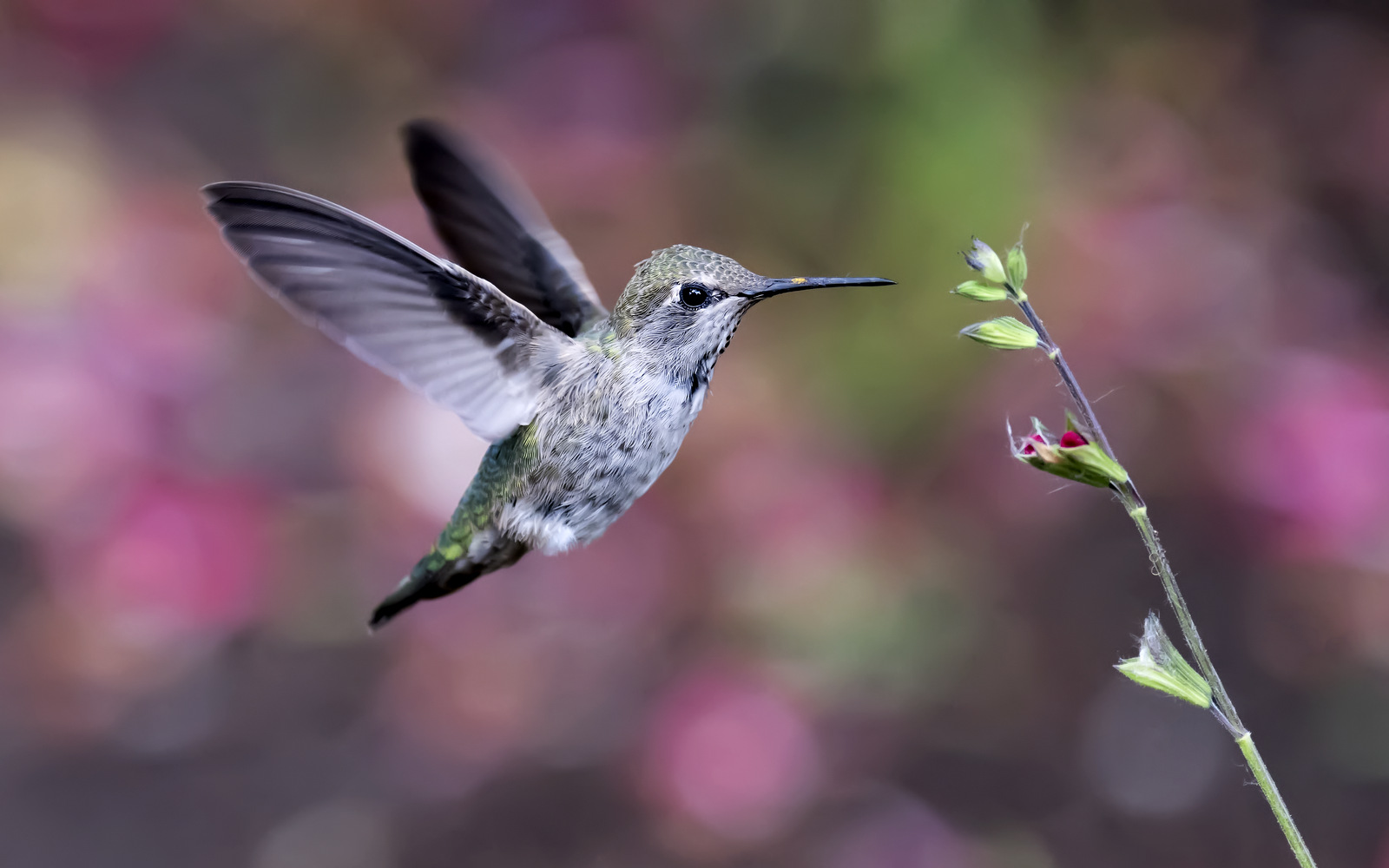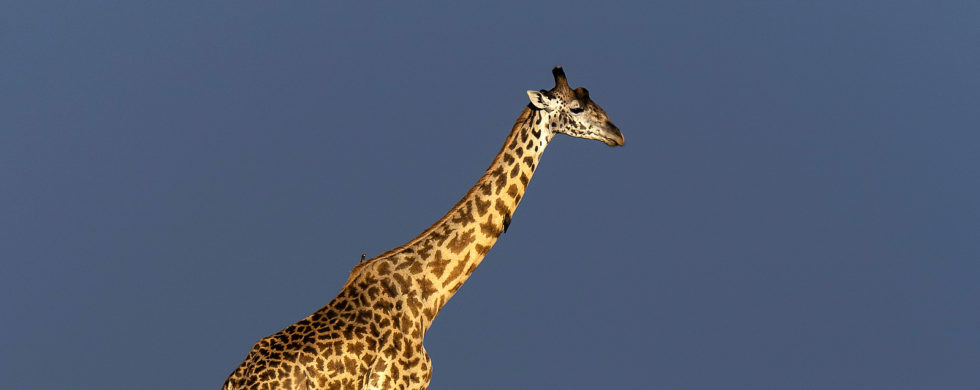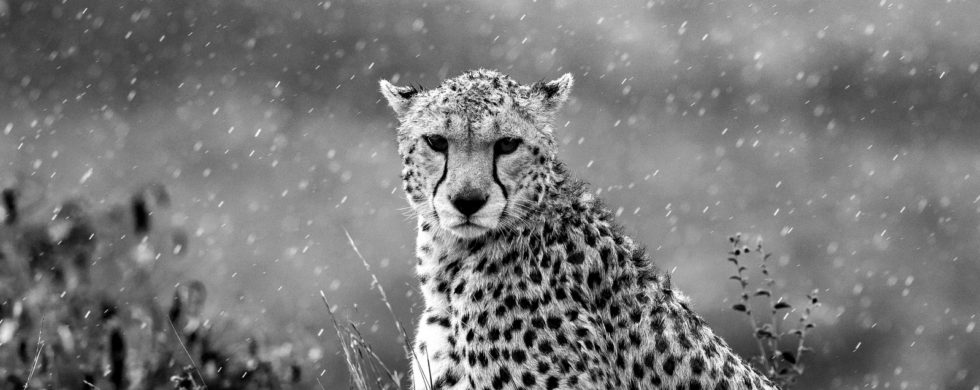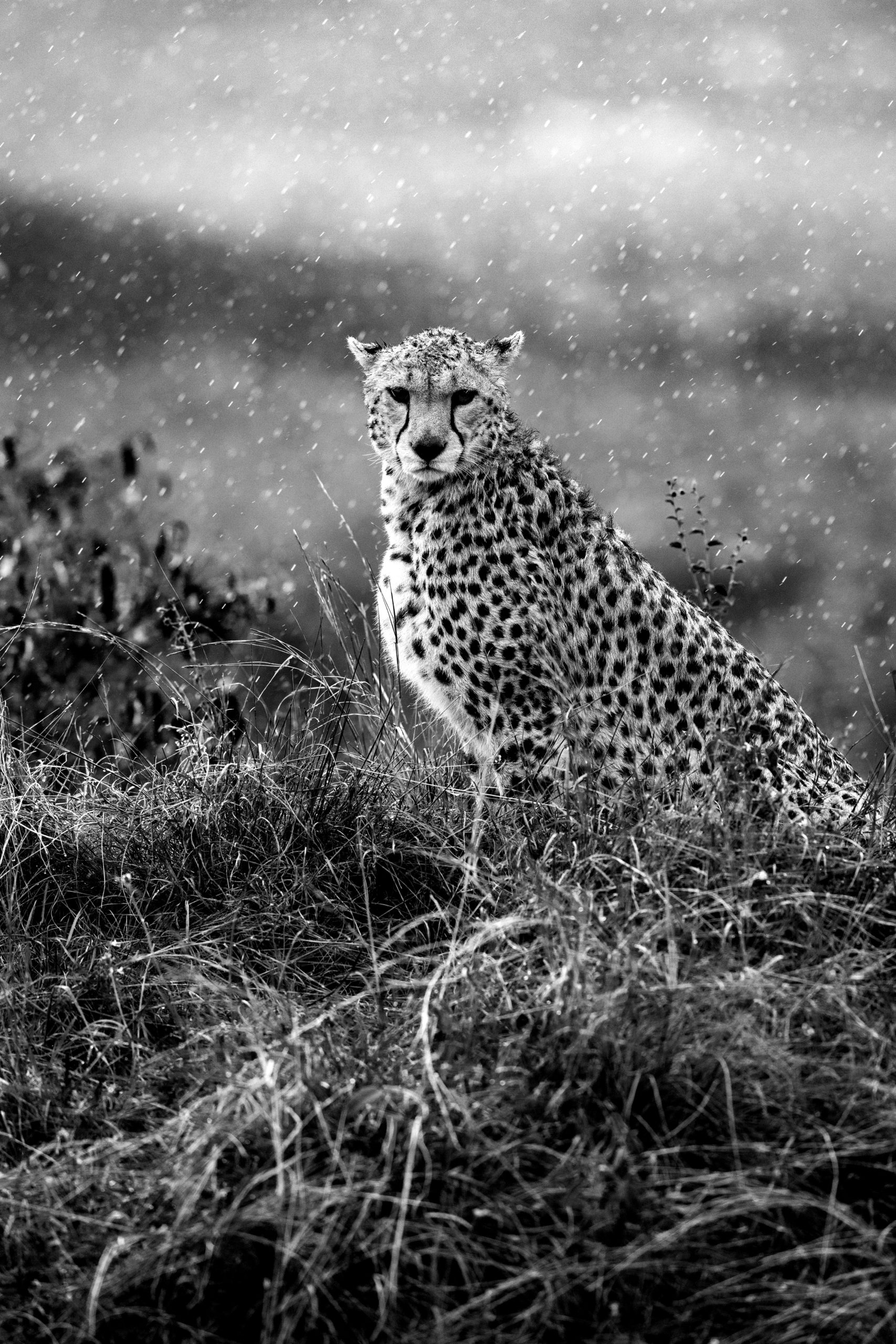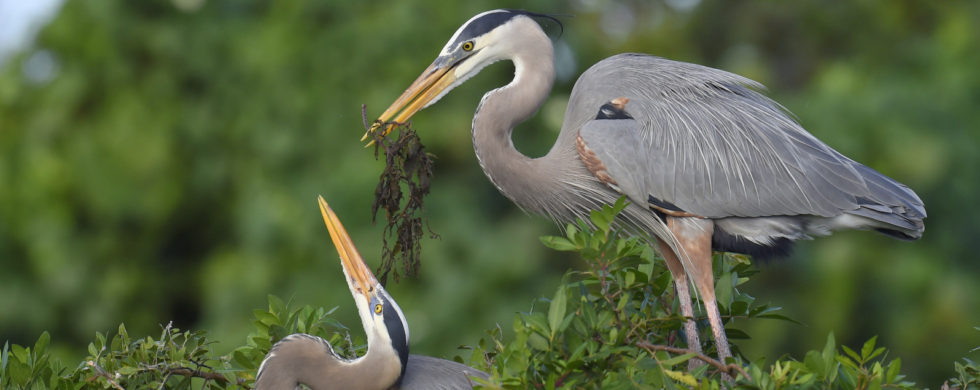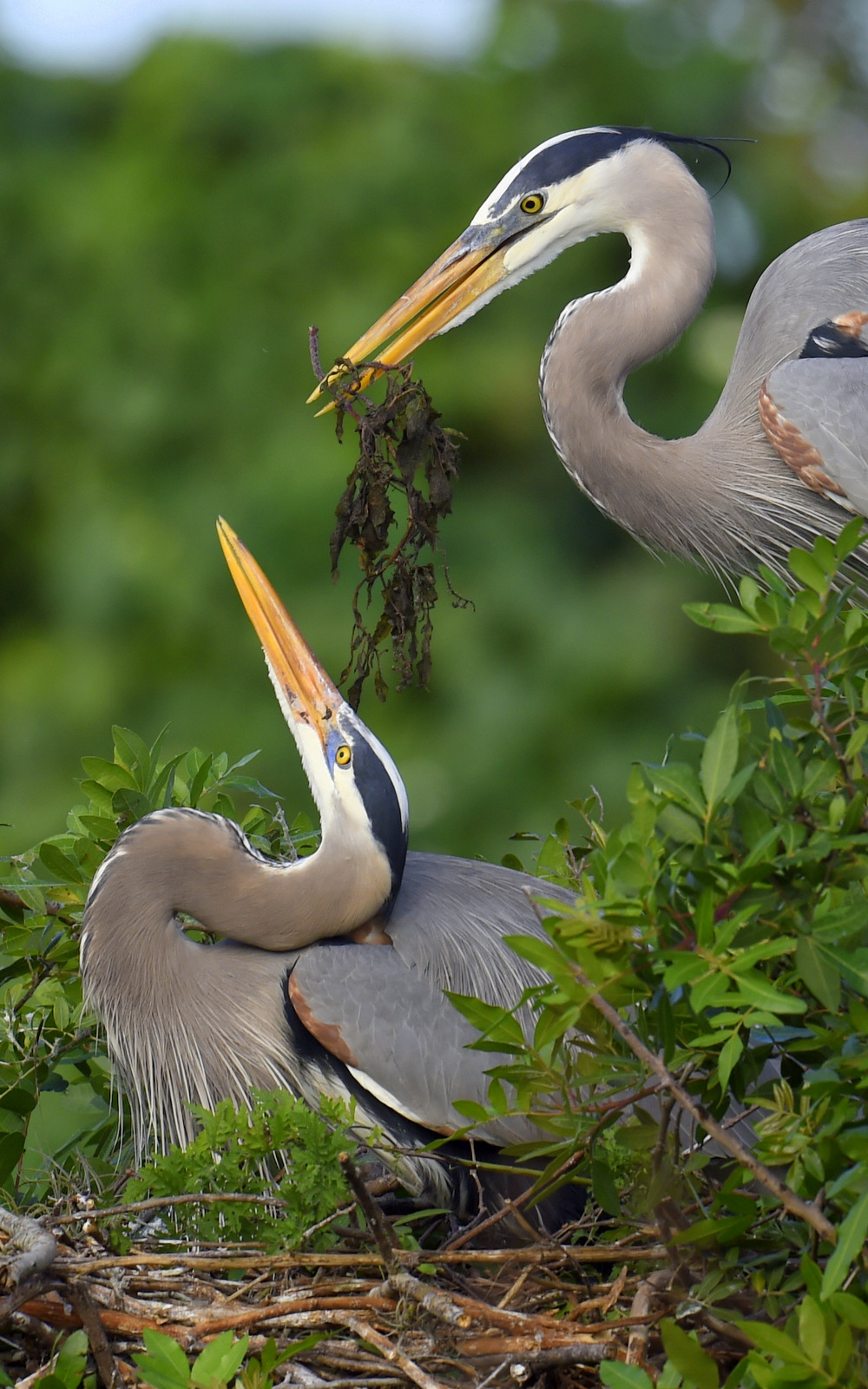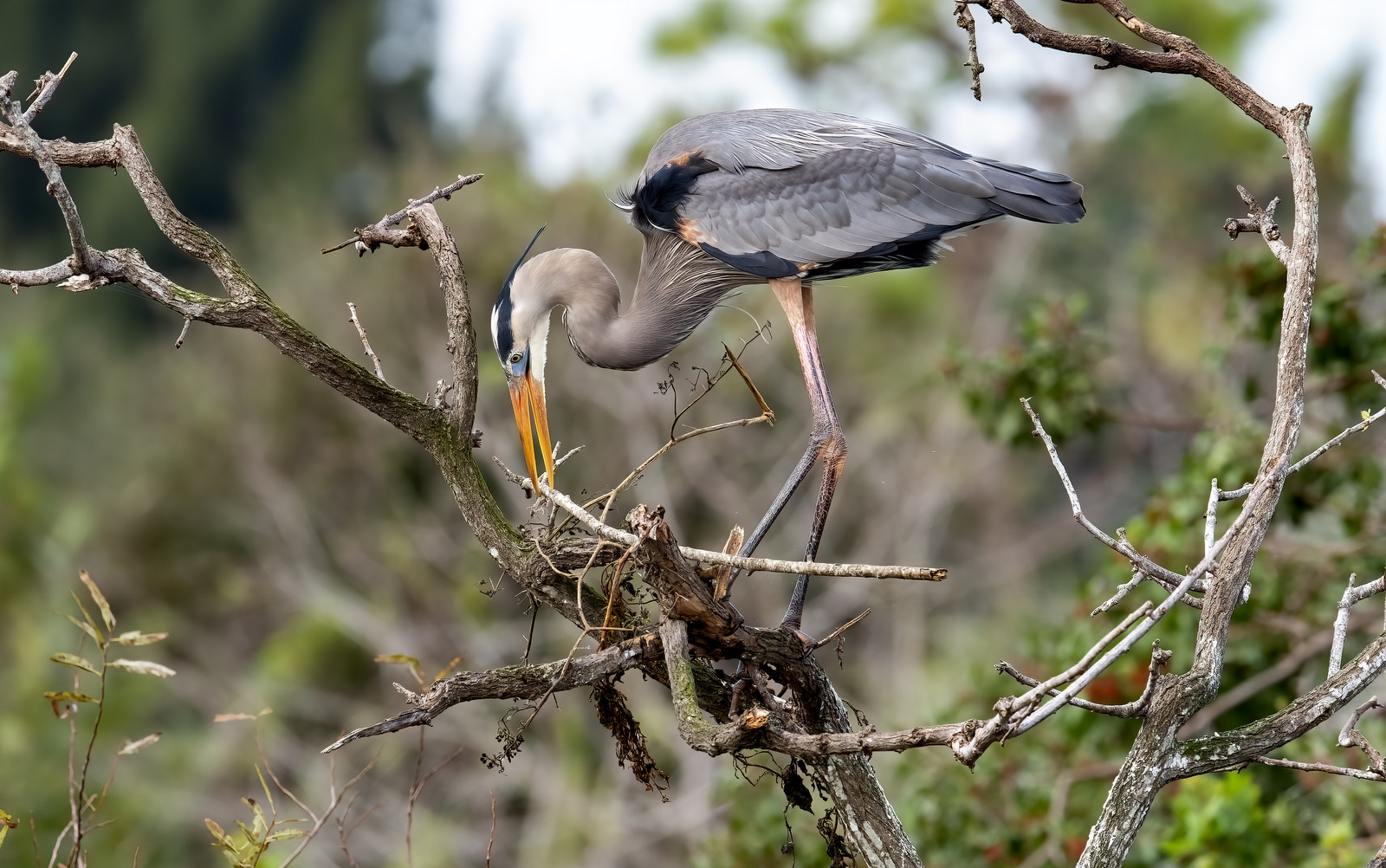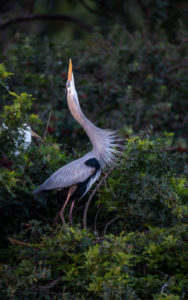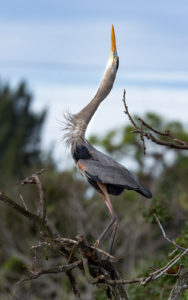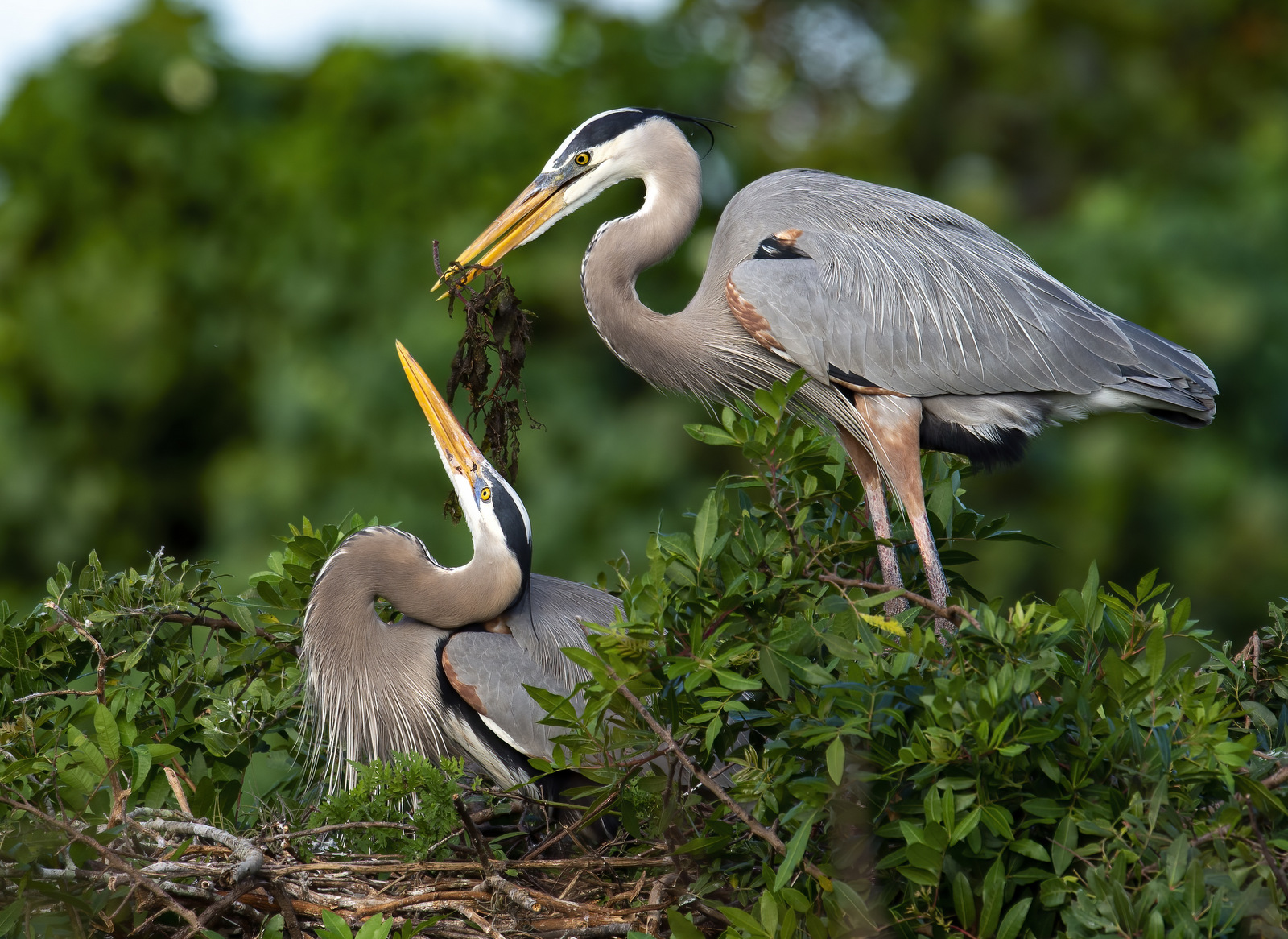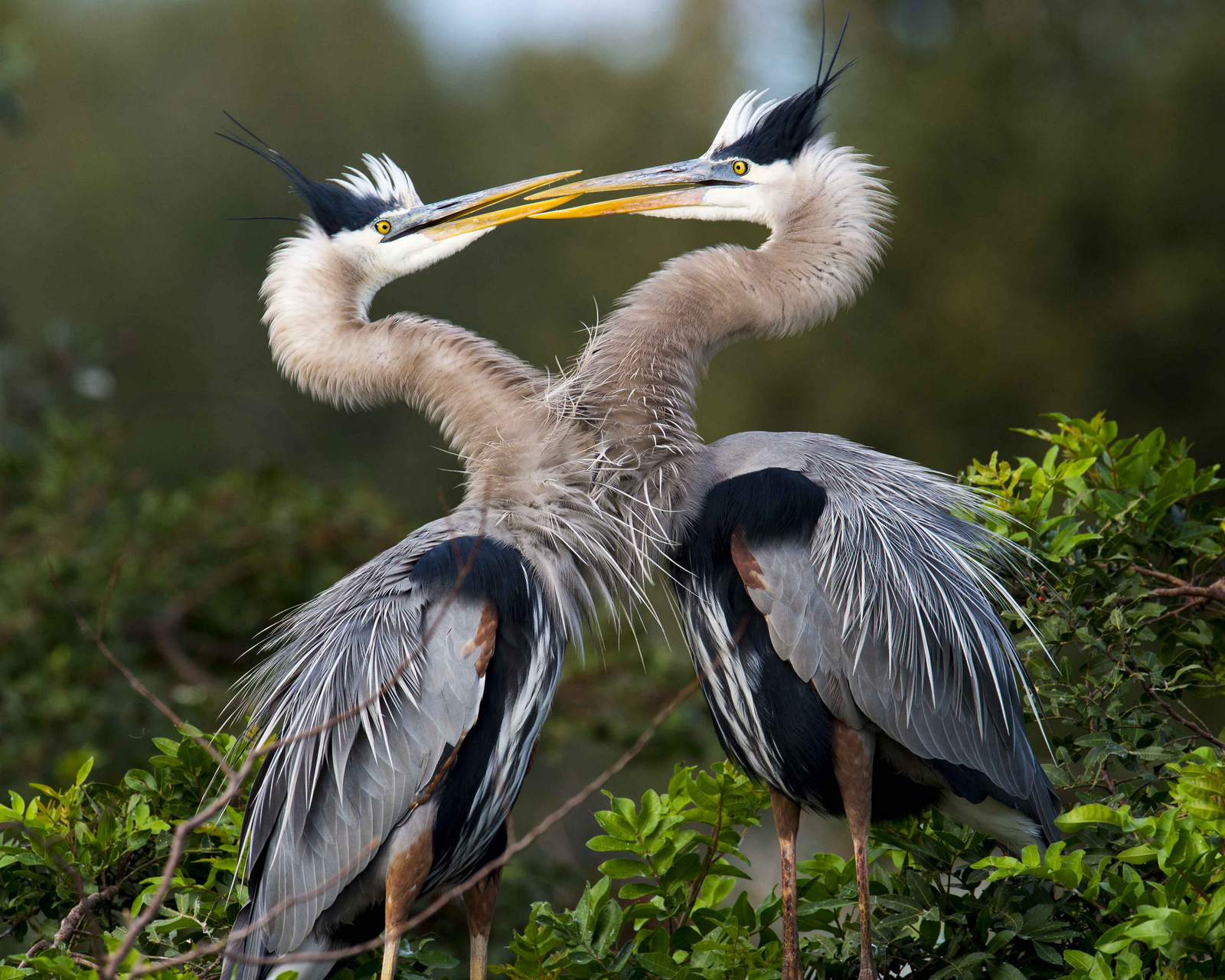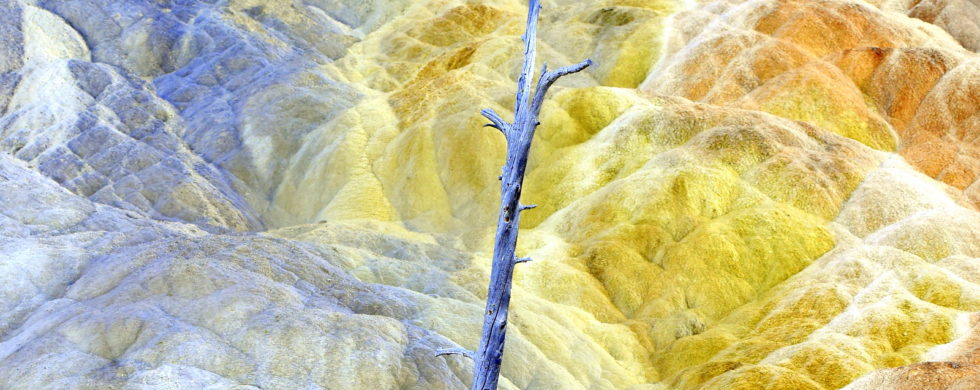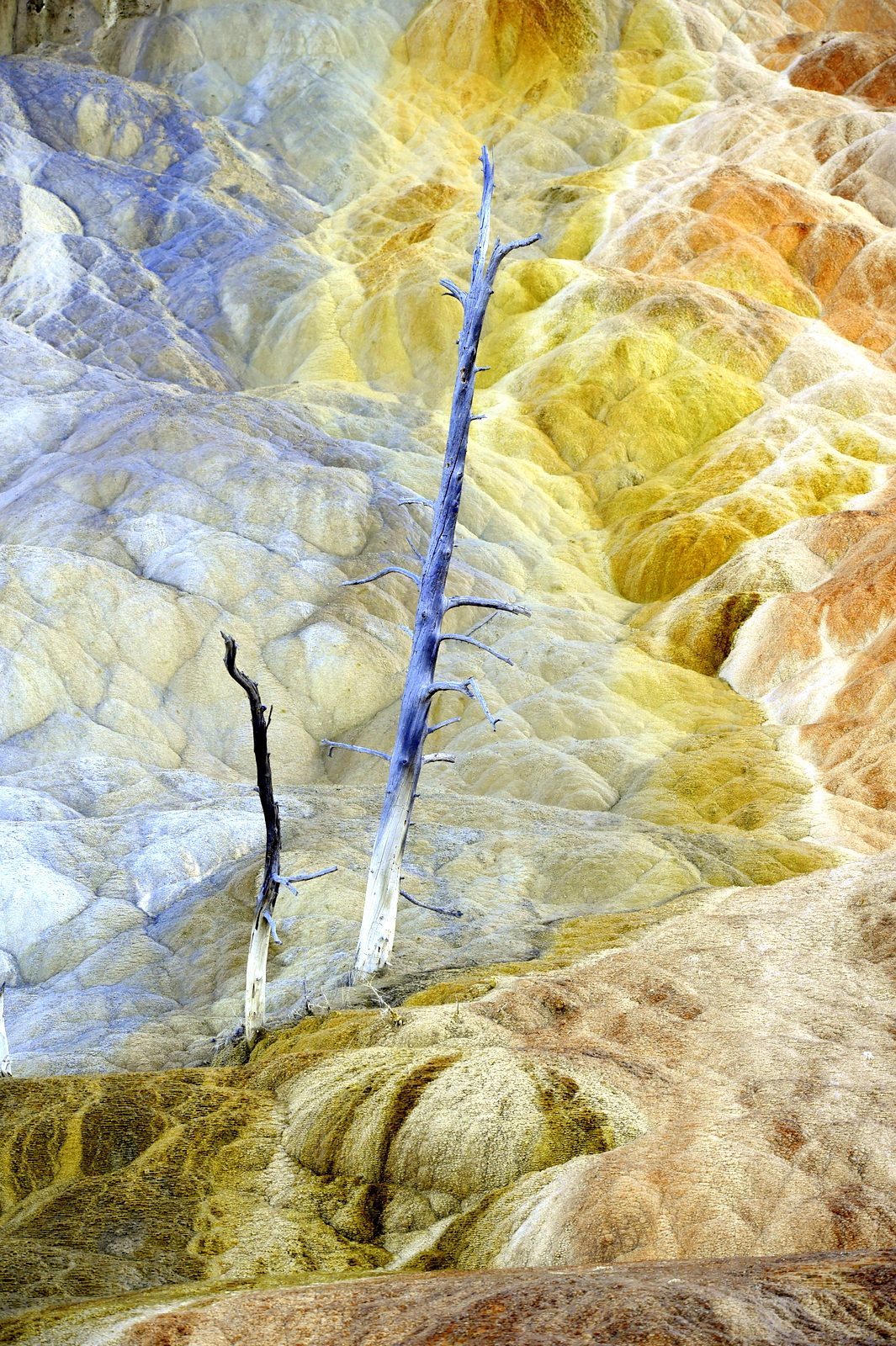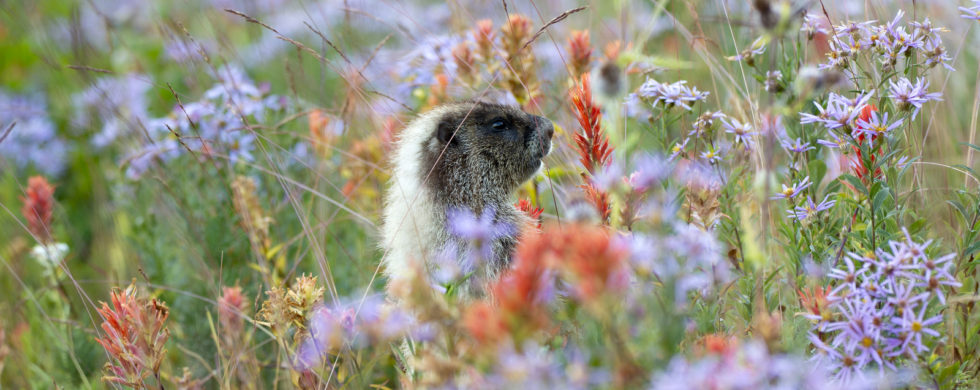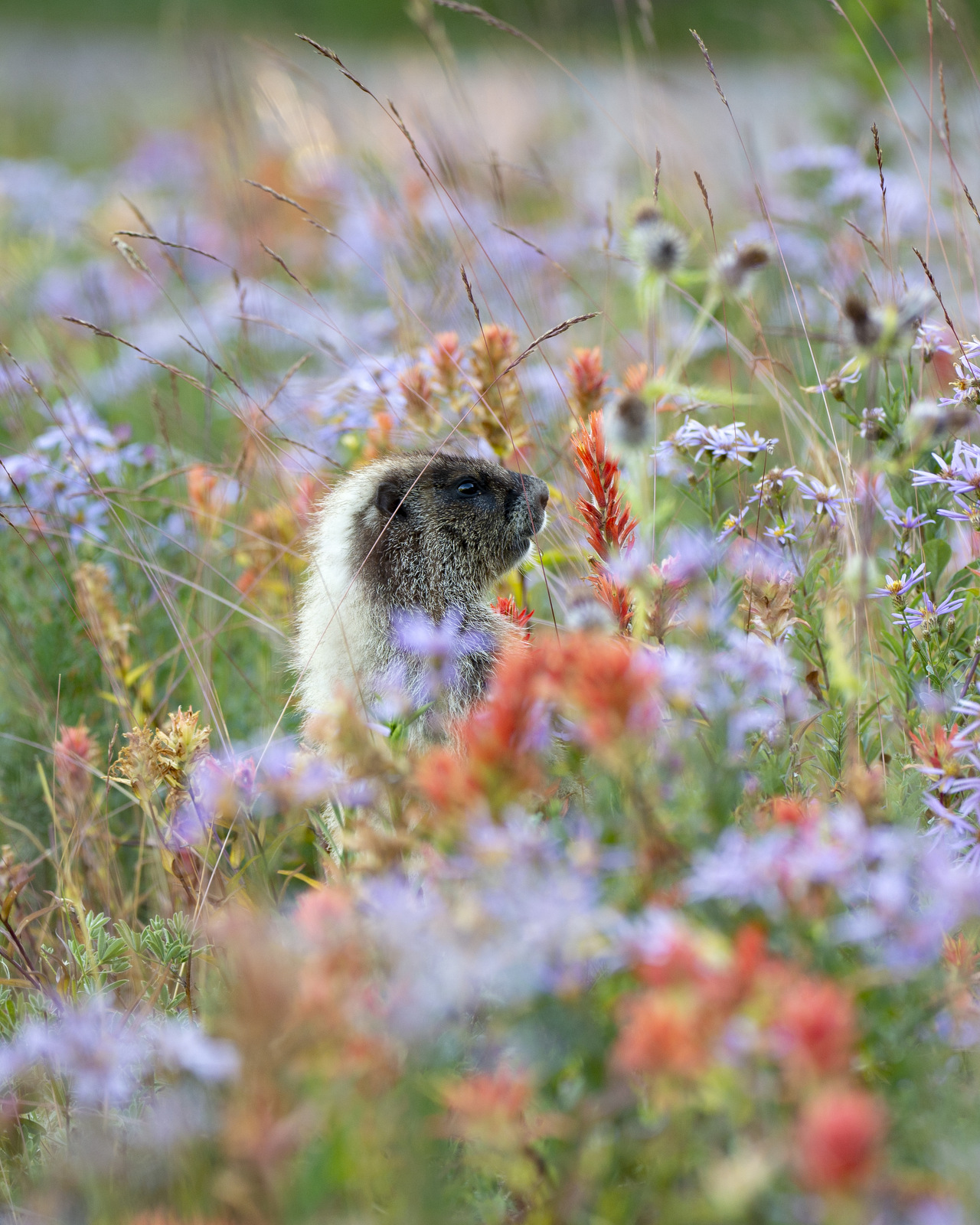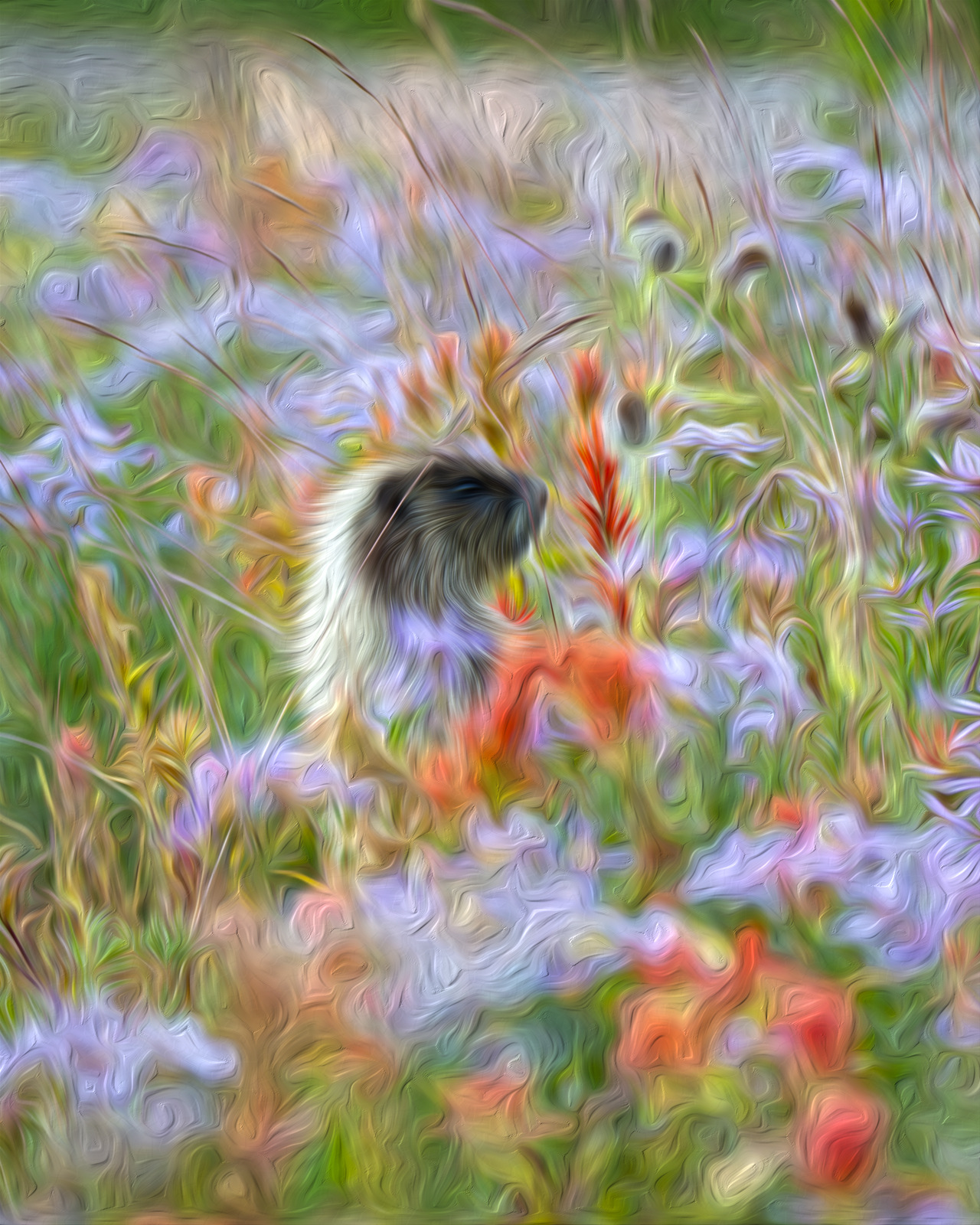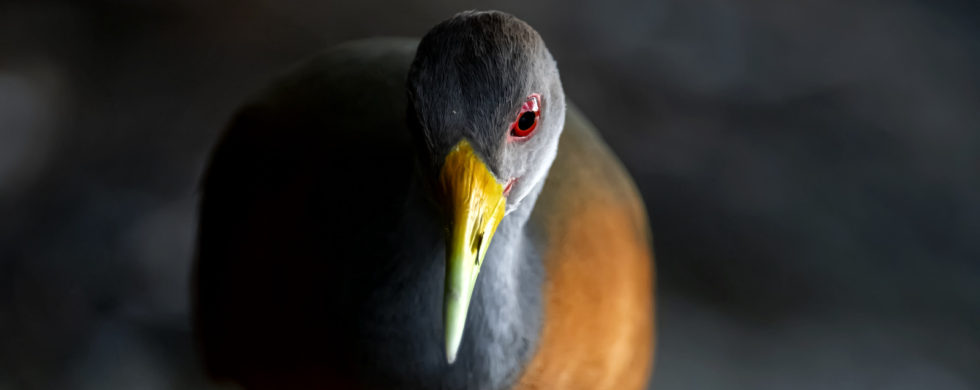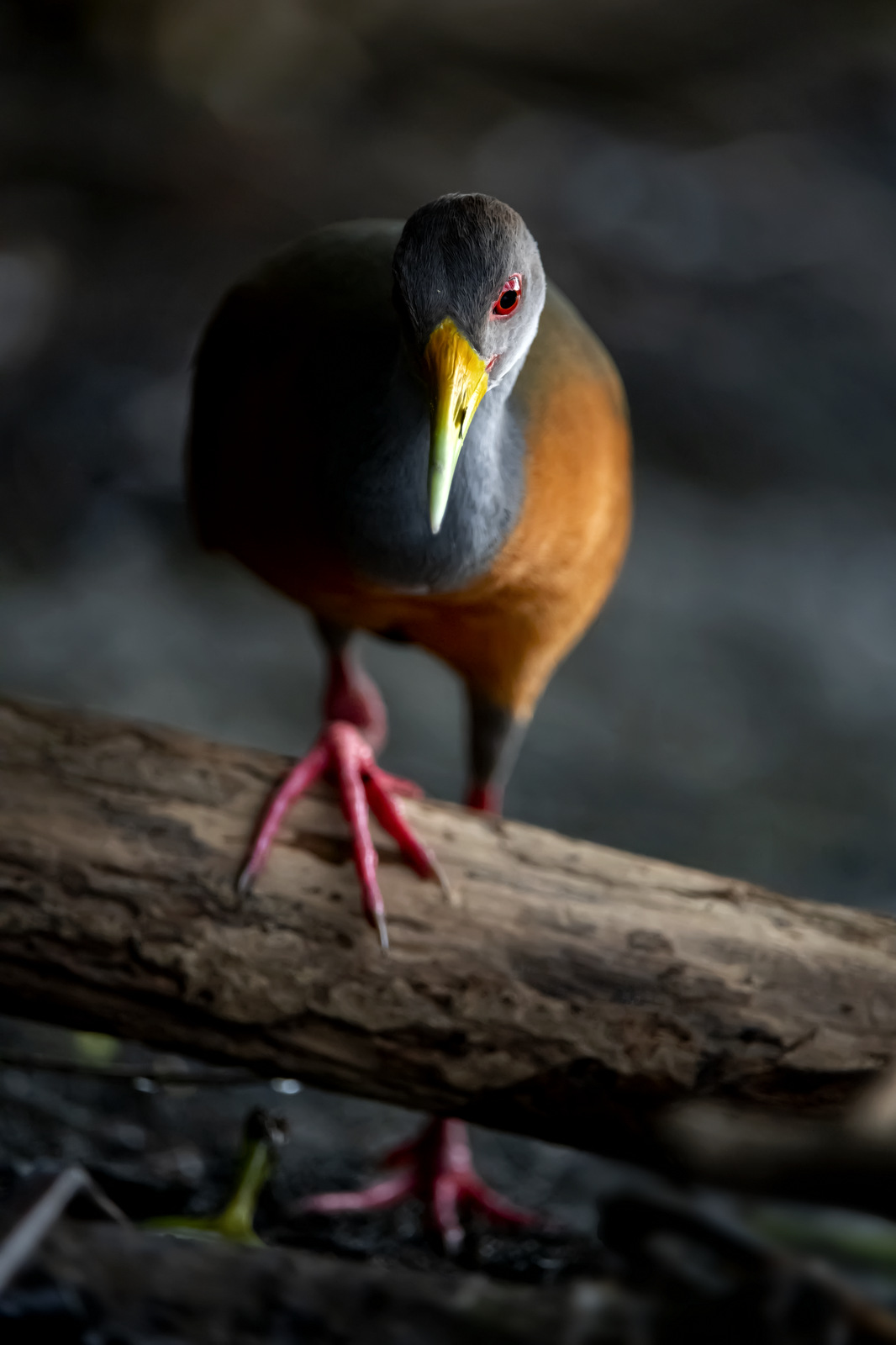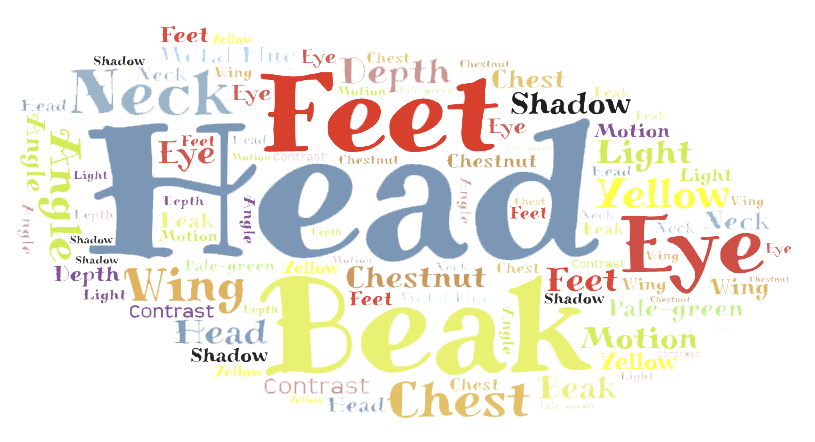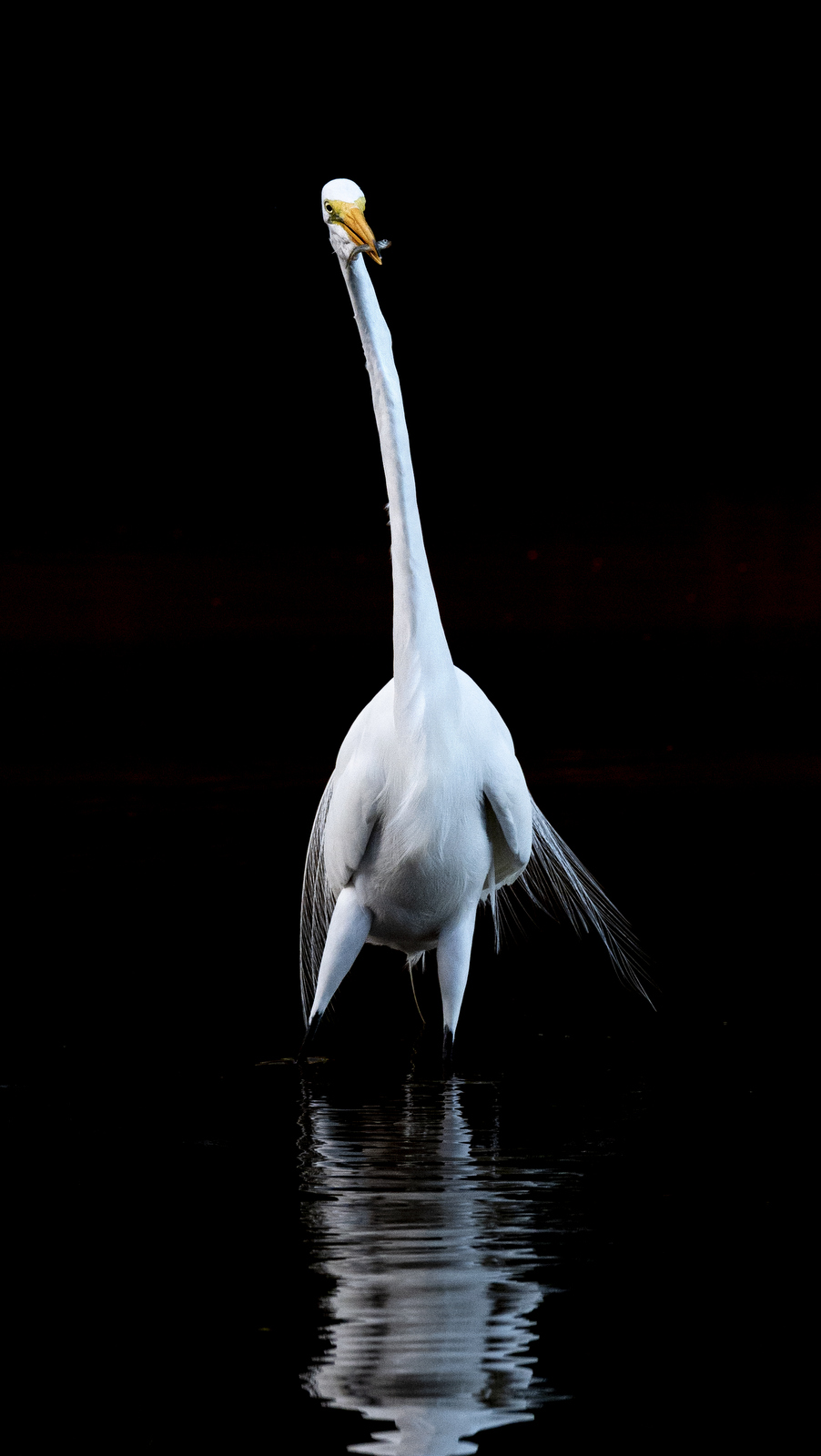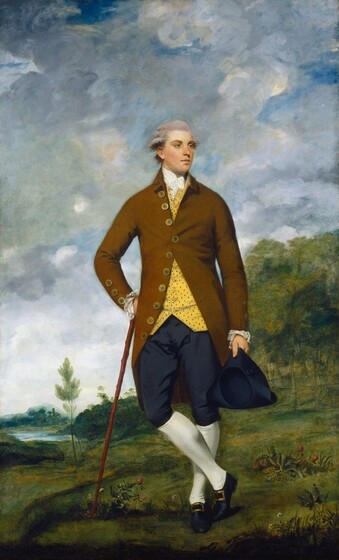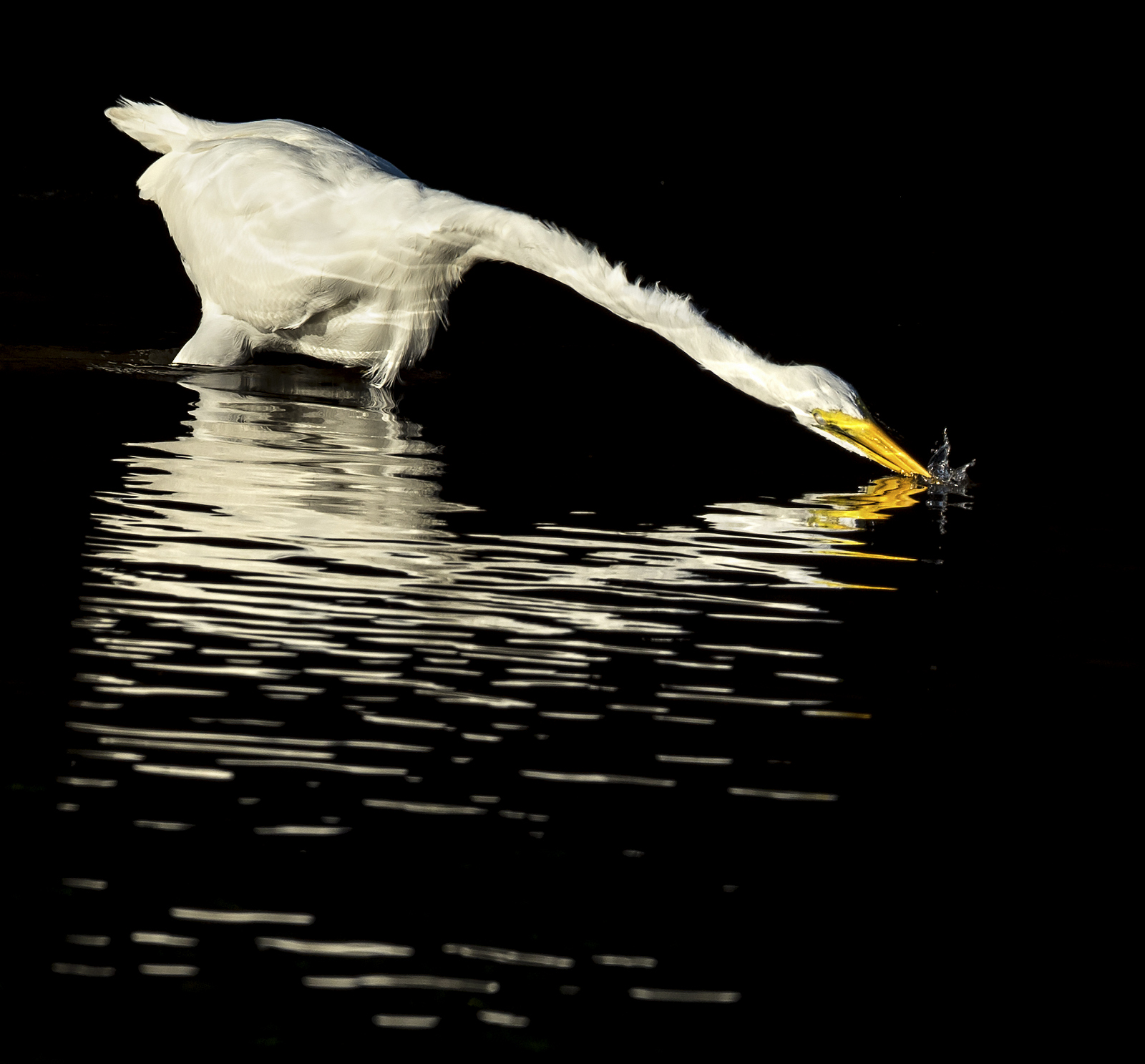23
Time to look back at 2021 with a collection of images that summarize my year of photography. This year I will post them in chronological order. (Click on an image to see it larger)
1. In January I had been tracking the weather forecasts for the Painted Hills in Oregon and when I saw a chance of snow I hopped in the car and drove 7 hours to reach the site. Alas, no snow to highlight these colorful peaks but the clouds and dark sky really helped make the photo. I drove back the next night (this location is best shot at sunset) through treacherous fog, and snow – sometimes going 10 miles/hour or less for long periods of time on winding mountain roads. Ugh — brutal but at least I was rewarded with a nice image for my efforts.
2. In May I escaped to San Juan Island in Washington State for a week to photograph foxes. Here we see a lovely female red fox (Silver Morph) with one of her pups.
3. Each year from mid-May to early July bald eagles congregate at Hood Canal in Washington to feast on spawning midshipman fish. I made a few visits and captured this mid-air discussion
4. In June I made another trip to San Juan Island for some kayaking and while there I got this nice image of the Lime Kiln Lighthouse.
5. Also in June I shot this beauty outside of our kitchen window! (Male Anna’s Hummingbird)
For the next 3 images I had to go a bit futher afield. We spent a glorious 10 days at the Masai Mara Game Reserve in Kenya in September. I had lived in Kenya many years ago and it had been 15 years since I had visited Masai Mara. There is still no place like it on the planet to see big cats.
6. I love this unique photo – we had 12 giraffe walk past us at sunset. They got all bunched up as a family of cheetahs was sitting nearby and the giraffes were watching them closely. In this image the sun had fallen below the horizon and we were left with just shades of blue.
7. We spent alot of time with this mother cheetah during our trip. She was one of the most powerful cheetahs I have ever seen and exuded confidence. In this image she is waiting out a heavy rainstorm.
8. We had tremendous luck in spotting leopards on our trip — during our stay we found 3 females with a cub (so that is 6 leopards in total). In this image we see a mother leopard playing with her cub just after sunrise.
The last two images are from the Grand Teton National Park – I spent 10 days there in December.
9. In this image I slowed down the shutter speed to highlight the falling snow and give a sense of the conditions that moose endure during the winter here.
10. In this image a unique view of moose with some beautiful side light.
Let me know your favorite in the comments below.
Hope you have a wonderful 2022!
michael
31
Shot of the Month – December 2021
Capturing a good image of an all black bird is quite tough. Exposing properly to bring out the detail in the black feathers usually leaves the rest of the image overexposed. This image of a crow, captured in Wyoming, is one of the few times the lighting worked out.
I love the simplicity of the composition and the basic “primary” colors in this scene — simple but bold blue, black, and white. Of course these are not true primary colors – as we know from elementary school the three primary colors are red, yellow, and blue. But I think you get my drift.
I have to also note that I am only about 90% confident that this is a crow, which is a member of the Corvidae family. Also in this family is the Raven which looks very similar though ravens are usually larger, sound a bit different, and have a few other different physical traits. Here is a good video that highlights the key differences and clues on how to identify a Crow from a Raven.
Given the shorter, even-shaped bill, I am going with crow for my image.
As you may have heard, crows are incredibly intelligent and one of the few animals able to use tools. Watch the video below, it is one of my all-time favorites as it clearly demonstrates the mind- boggling problem-solving skills of crows.
There you have it – a bright image of a very bright bird.
Until next month….
Nikon D4S, Nikon 200-400mm (@400mm), f/8, 1/1500 sec, ISO 400, -0.667 EV
30
Shot of the Month – November 2021
This month a dash of color to help counter the winter doldrums – here we see a lovely female Ruby-throated Hummingbird investigating the flowering Liatris Spicata (Blazing Star) plant.
You will notice that the wings off the hummingbird are blurred in my images. I actually like this look as it acurately reflects how we see hummingbirds with our eyes. And it adds to the “fairy” look – And what is more fairy-esque than these wee flying wonders?
Hummingbirds are tremendous flyers and can fly horizontally, backwards, vertically and can hover – the smaller the hummingbird the faster the wing beat to keep them aloft. The Ruby-throated humming bird shown here beats her wings about 50 times each second. A rufous humminbird’s wing beat is about 52-62 wingbeats per second. The giant hummingbird of the Andes (about the size of a Cardinal!!) has a wingbeat of just 12 beats/second. The tiny bee hummingbird of Cuba, the smallest bird on earth at just two inches in length, beats its wings 80 times per second. (Source)
Capturing an image of a hummingbird with the wings motionless is possible but requires a very fast shutter speed or the use of one or more flashes. Some photographers are quite adament about taking images of hummingbirds with the wings motionless and will go so far as to create mini “studios” to make it possible. In these setups one puts a feeder on a table or hangs it from a stand, sometimes amongst or behind flowers. From here you surround the area with 4 to 5 flashes set to expose the scene so quickly that the wing motion appears static. Sometimes a painted backdrop is added to ensure that the background color is just right. Quite a bit of tinkering may be needed to deterime the proper location of each flash to ensure that the scene is properly lit. You also need to spend some time to dial in the appropriate power output of each flash to get the right exposure. The feeder is essential to ensure that the hummingbird comes back to the exact same location for the specific lighting setup that you have created. Here is an example of one home setup:
In countries where hummingbirds are plentyful, say Costa Rica or Ecuador, you can actually book a photo tour where the guides will create elaborate hummingbird setups – all you have to do is show up, connect your camera to the flashes and snap away.
It’s all a bit much for me – I am not quite that motivated to get the “perfect” shot of a hummingbird and prefer to take my chances in the “wild.” In the images above I actually did use one flash but as you can see it didn’t do much to help stop the wing movement (I didn’t really know what I was doing).
Here we have a free range Anna’s Hummingbird that I shot with natural light in our garden:
But hey, who I am to judge? If you are passionate about hummingbird flash photography, go for it. If you want more information on how to set up such a setup, look here:
Hummingbird Flash Set-up Guide
And here is a video of a guy that walks you through how he puts together his setup.
And here is an example of a hummingbird photo tour to Ecuador.
There you go – the ins and outs of hummingbird photography. You can go hardcore studio lighting or you can just “wing” it, uh, so to speak.
Until next month…..m
Nikon 300S, Nikon 70-200mm f/2.8 (@ 200mm @ f/4), ISO 800 1/250 sec.
31
Shot of the Month – October 2021
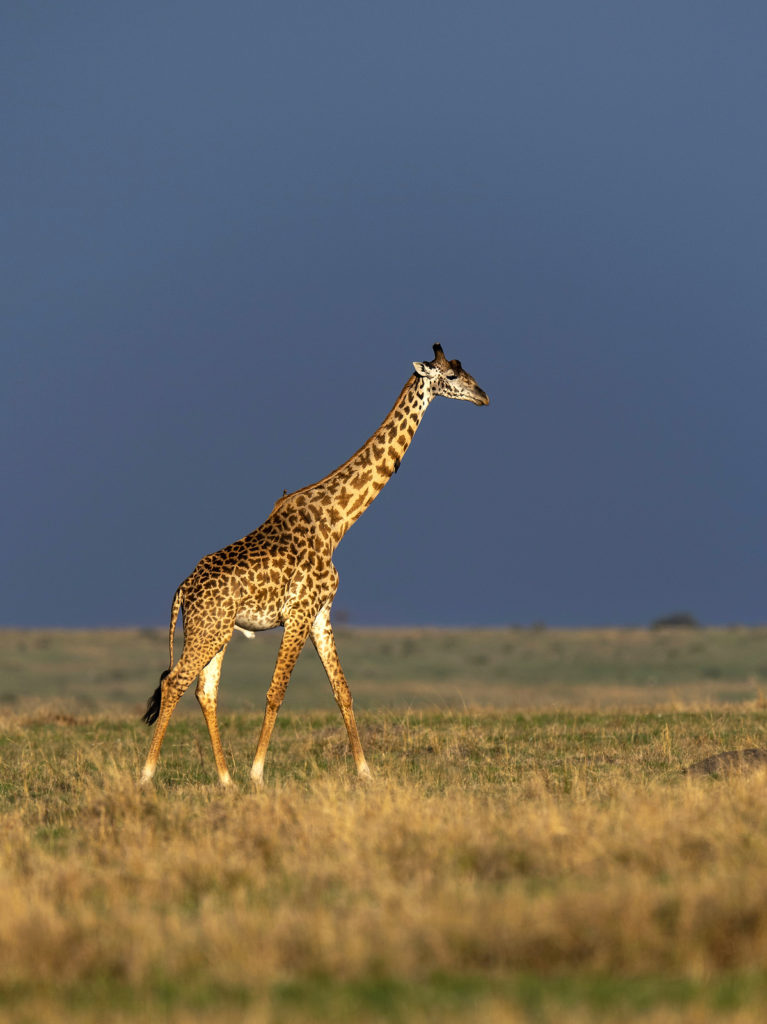 Any great image starts with great light. The best light for nature photography can be found when the sun is low in the sky so usually around sunrise or sunset. At those times the light is filled with wonderful warm hues that humans really dig. Common advice for beginning photographers is to position yourself such that your shadow is pointing toward the subject making it “Front Lit.” With the sun behind you the light will fall evenly on your subject and help avoid highlights or shadows that can complicate making a proper exposure. With the amazing technology in modern cameras it is almost impossible to get the exposure wrong on a front lit subject. So even in “Program” mode, where the camera makes all the exposure decisions for you, you are more than likely going to get a properly exposed image.
Any great image starts with great light. The best light for nature photography can be found when the sun is low in the sky so usually around sunrise or sunset. At those times the light is filled with wonderful warm hues that humans really dig. Common advice for beginning photographers is to position yourself such that your shadow is pointing toward the subject making it “Front Lit.” With the sun behind you the light will fall evenly on your subject and help avoid highlights or shadows that can complicate making a proper exposure. With the amazing technology in modern cameras it is almost impossible to get the exposure wrong on a front lit subject. So even in “Program” mode, where the camera makes all the exposure decisions for you, you are more than likely going to get a properly exposed image.
Which is not the same as getting a compelling image.
One critique of front-lit images is that they can be a bit flat and lack depth, especially for landscape images. So while shooting front-lit subjects helps deal with the challenges of exposure, a great image still needs strong composition and/or skilled use of contrast, color, leading lines, etc.
In the image above, late afternoon light is casting a wonderful warm glow on the giraffe. I purposely shot this image from below and waited for the giraffe to reach a point where he would stand tall above the horizon in sharp contrast to the dark, brooding sky in the background. The exposure was a no brainer but we worked pretty hard to find the right spot to wait for the elements of the composition to line up and elevate this front-lit shot to something a bit more special.
Generally you want to avoid shooting in the middle of the day as the front light at this time is harsh and will produce difficult shadows on your subject. Either go home for a rest until the light gets better or explore compositions that will work in black and white.
Outdoor Portrait Tip: Front lighting works well for portraits of family and friends though the bright light can be tough on your subjects. Two potential solutions:
- Once your subjects are in place, ask them to close their eyes. This will avoid burning out their retinas as you set up the shot. Once you are ready ask them to open their eyes and smile. Click. Lovely image with no squinting.
- Find some shade and have your subjects stand there. The even light will work well and no eye strain for your subjects.
When in doubt, use front lighting to get the shot. Once you have that shot, time to explore more dramatic light – back lighting and side lighting. These lighting situations are tougher to expose properly but when done right can provide stunning results.
We’ll shine light on those topics on another day (see what I did there?).
All the best…..michael
Nikon D5, Nikon 600mm, f/4, 1/1000 sec, ISO 100, EV -0.667
30
Shot of the Month – September 2021
Is this image Art? And if it is, does that make me an “Arrrteeest”?
Photography was invented in 1826 (almost 200 years ago) and since that time the “Is photography art?” debate has raged on. This may surprise you given that photography is generally accepted today as Art, but this is a fairly recent phenomenon. How recent? Most museums only began to collect and display photographs in the late 1970s and early 1980s. Did you know that there are seven traditional forms of art?
Me neither. Photography is not among that list (scroll to the end to see the original seven).
So what is art? The Cambridge Dictionary says:
the making or doing of something whose purpose is to bring pleasure to people through their enjoyment of what is beautiful and interesting, or things often made for this purpose, such as paintings, drawings, or sculptures
I do strive to bring people pleasure with my images so perhaps I am trying to be an artist. Painting and sculpture use essential elements and principles such as line, shape, form, texture, balance, asymmetric balance, color, size, depth, light, positive space, and negative space.
Hmmn, interesting. I also consider many of these elements when I raise the camera to my eye. In fact, on an outing I may spend hours waiting to get the right mix of these elements in place before taking a single image.
As a photographer I spend much of my time trying to showcase the work of the world’s greatest artist – Mother Nature. Each day she throws together a fabulous mix of flora and fauna draped in captivating colors and hues. Every day, across the planet she is producing one masterpiece after another.
If I do my job correctly and get all the technical stuff right — set the right aperture, dial in the shutter speed, and compose the image well then Mother Nature will do the rest and we get some beautiful images that hint at the wonders of the natural world.
The Merriam Webster dictionary defines art as:
the conscious use of skill and creative imagination especially in the production of aesthetic objects.
I can say that I am a better photographer than I was 30 years ago – even this old dog has acquired a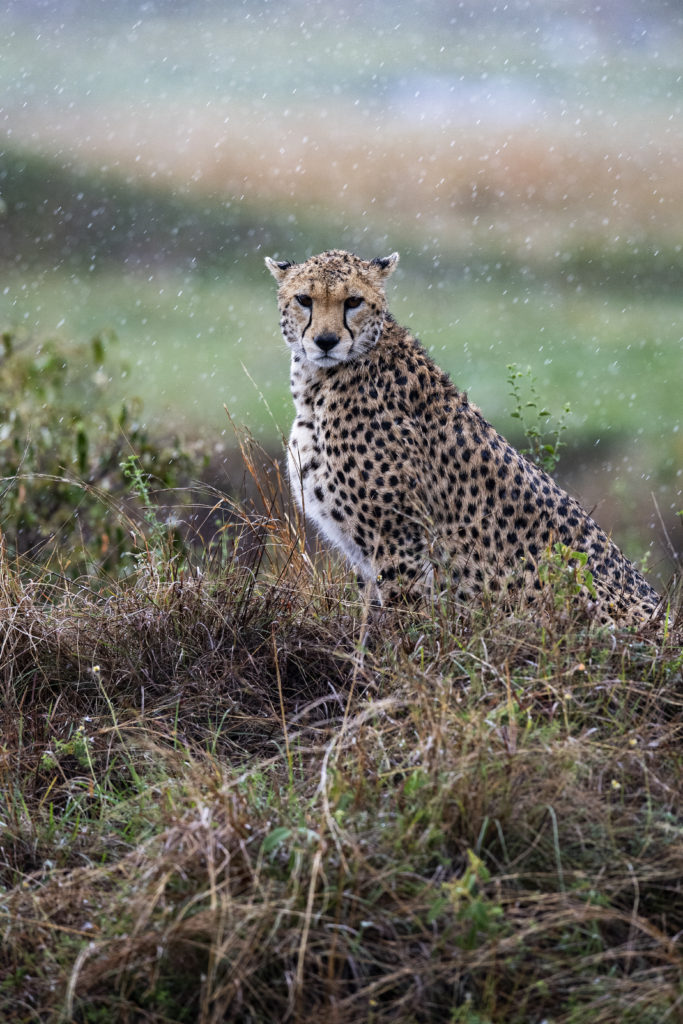 certain level of skill and creative vision to help capture Mother Nature at her best.
certain level of skill and creative vision to help capture Mother Nature at her best.
And some days I use a bit of “creative imagination” to manipulate an image to form something beyond what I witnessed. As in the photo above, converting it to black and white transforms a “mere” pretty picture of a cheetah into a portal that connects the viewer with feelings and mood a bit more universal.
In the color version we have a shared viewing experience as we all gaze outward at the beautiful scene. The B&W version may offer a more individual, internal journey and reaction that can have very little to do with a cheetah sitting in a driving rainstorm, on a continent far, far away.
The realistic color version connects us to nature, while the B&W version connects us to ourselves – perhaps reminding us of the storms that we weathered in our lives and how we persevered.
Wow, if I keep rambling like that I will have to get a turtleneck sweater, beret, and start smoking little French cigarettes.
Seems all a bit highfalutin for this small town boy (Art, Schmart). All I can say is, if you find joy, or a shared sense of awe, or brief respite from a troubled day with one of my photos, whether it be Art or something else, then I consider my time well spent.
Until next month….michael
Were you able to remember/guess the original, traditional forms of art? They are:
- Painting
- Sculpture
- Literature
- Architecture
- Cinema
- Music
- Theater
Sources
Is Photography Art? – Both sides of the debate explained.
What are the 7 different forms of Art?
A Brief History of Photography and the Camera
Nikon D5, Nikon 600mm f/4 (@f/5.6), 1/1000 sec, ISO 2500
31
Shot of the Month – August 2021
Ok, so first of all, it isn’t that Venice.
And second, the star-crossed lovers are avian in nature, two lovely Great Blue Herons (GBHs), as shown above.
I found this pair of lovebirds at a nesting site (rookery) in the town of Venice, Florida. There is a small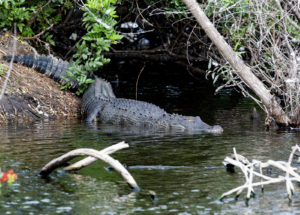 lake in Venice with an island of trees where the herons love to build nests and raise their families. It is a surreal to be in such a developed area and then if you turn down one particular quiet street, boom – you suddenly find nesting BGHs, snowy egrets, anhinga, and other assorted wading birds. The alligators in the lake help dissuade any predators (raccoons for example) from approaching the island so the chicks are quite safe in this urban oasis.
lake in Venice with an island of trees where the herons love to build nests and raise their families. It is a surreal to be in such a developed area and then if you turn down one particular quiet street, boom – you suddenly find nesting BGHs, snowy egrets, anhinga, and other assorted wading birds. The alligators in the lake help dissuade any predators (raccoons for example) from approaching the island so the chicks are quite safe in this urban oasis.
Standing up to four feet in height GBHs are the largest herons native to North America and they are one the most successful wading birds in the Western Hemisphere. Their highly adaptive nature allows them to thrive in a range of habitats and they can be found throughout North and Central America, northern South America, the Caribbean Islands, and even in the Galapagos Islands. Great Blue Herons rarely venture far from bodies of water but they can adapt to almost any wetland habitat and may be found in marshes (both fresh and saltwater), mangrove swamps, flooded meadows, lake edges or shorelines.
GBHs feed primarily on small fish but they can adjust their diet to capitalize on what may be found in a given habitat. They can prey on shrimp, crabs, aquatic insects, rodents and other small mammals, amphibians, reptiles, and birds. For example in Nova Scotia 98% of their diet is made up of flounder while in Idaho voles make up to 40% of the bird’s diet.
These adaptable birds can even be found in highly developed areas, like Venice, Florida as long as there are bodies of water nearby with a food source.
I visited the Venice Area Audubon Rookery during a December when the birds were just beginning their nesting season. The GBH is normally a solitary bird but they breed in colonies that can include 5 to 500 nests. Males tend to arrive at the rookery first and begin building a nest.
Nest building — It all begins with a stick:
During the mating season the Great Blue Herons perform elaborate courtship displays to attract a mate and to build bonds between partners.
Here we see two males stretching their necks to display the glorious neck plumage that develops during breeding season to demonstrate how attractive they are.
Pick Me No, Pick Me
Once the birds pair up the male flies back and forth bringing nesting materials for the female who completes the nest construction ensuring that everything is just right.
When the male returns to the nest after each sortie the couple will often perform ritualized greetings, stick transfers and a nest relief ceremony where they birds erect their plumes and clap their bill tips together.
Ceremonial Stick Handoff:
Here we have some bond-building bill clapping (say that three times fast…):
If all this fancy courtship goes well you get, ehhhh, an adorable (??!!) bundle of joy as shown below:
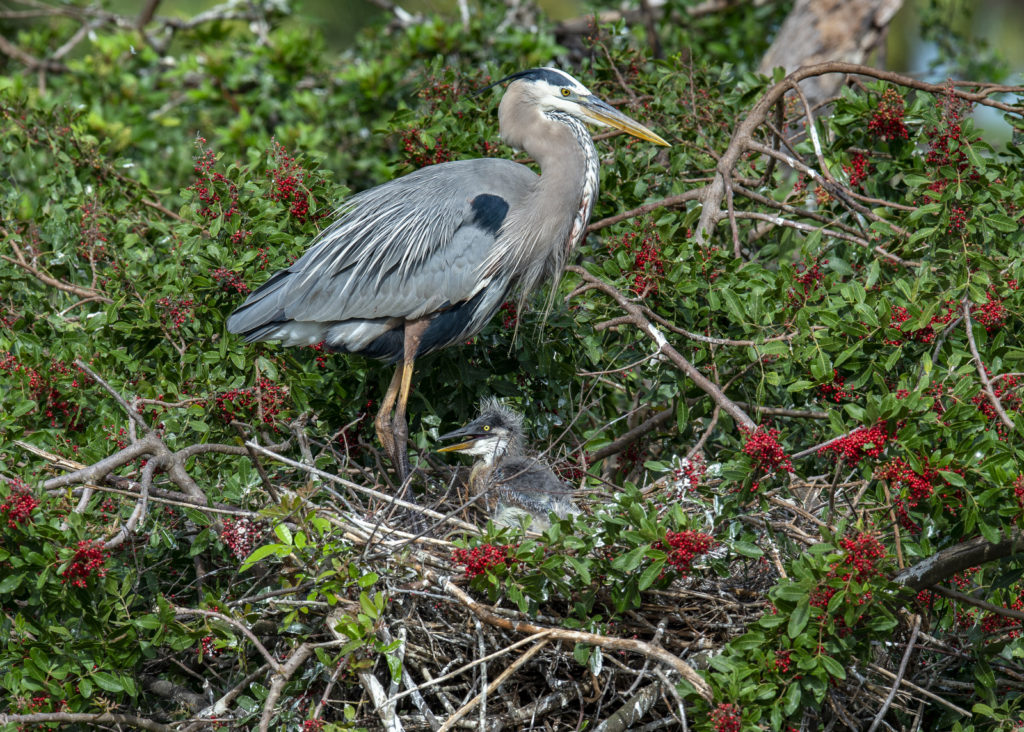
Ahhhh, Venice — love is definitely in the air at this birding hotspot. If you dig bird life consider a romantic get away to visit the rookery between December to May for a fascinating view of the courting ways of the Great Blue Heron and their avian brethren.
Until next month…..michael
Nikon D4S, Nikon 600mm, 1.4x TC (effective 850mm), f/10, 1/500 sec, -0.5 EV
Sources:
31
Shot of the Month – July 2021
Check out this month’s crazy landscape — looks like we found a dead tree on planet Mars. This other-worldly scene can actually be found just down the street (as least on a cosmic-size scale) in Wyoming on planet Earth. This dead tree is part of the ever-changing landscape at Mammoth Hot Springs (MHS) in Yellowstone National Park.
How did Mother Nature work her magic this time?
Before reaching the sprawling network of hot springs the water that feeds the site first passes through an underground formation of limestone leaving it rich in calcium carbonate. When the hot water is released into the air it cools quickly and leaves an ever growing hillside of terrestrial limestone (known as Travertine). Each day the cooling water from the springs deposits two tons of new building material creating an ever changing landscape of sculptures, terraces, and new formations. For thousands of years the hillside has grown and changed as the waterflow ebbs and shifts over time.
Ever visited a cave and seen amazing stalactites and stalagmites? Yeah, basically the same process. The process is so similar that the National Park services describes the Mammoth Hot Springs as “a cave turned inside out.”
The dramatic colors are thanks to the range of bacteria that thrive in the warm, wet ecosystems created by the springs. Each type of bacteria has its own color and is uniquely suited to a given temperature range and acidity level. Yellow bacteria indicate very hot water while greens and blues indicate cooler temperatures. Two orange colored bacteria, Phormidium and Oscillatoria can be found in MHS and may be the source of those hues in my image above.
So, if you dig the groovy formations found in caves, but are also claustrophobic, then check out Mammoth Hot Springs for wondrous geology in the comfort of the open air and blue skies.
Until next month….m
The MHS are located near the North Entrance of the park near the town of Gardiner. If you are heading to Yellowstone NP and want to learn more on how to explore the MHS check out these detailed posts from other photographers:
Mammoth Hot Springs/Guide to the Terraces of Yellowstone
Exploring Mammoth Hot Springs in Yellowstone
Sources
Nikon D4S, Sigma 150-600mm (@ 150mm), f/6.3, 1/500 sec, ISO 1600
26
Shot of the Month – June 2021
In 2020 I spent a weekend at Mt. Rainier in search of wildflowers. Ironically, some of the most intense concentration of flowers, and color, can be found along side the roadway. Of course, this is not really the setting for a “wild” nature image that I am looking for. As I was driving from one hiking site to another I saw a Hoary Marmot along the road near a collection of wild flowers. I have seen marmots dining on wild flowers before as you can read about here.
“Oooh, a marmot in those wildflowers? That could be a great shot!”
Luckily there was a car pullout not far away so I slammed on the brakes and pulled over. I walked back along the road to the small “field” and tried to photograph the marmot. From time to time he would stand up and nibble on a flower. As the marmot scampered about I was ducking and dodging trying to
- find a clear shot;
- with lots of color;
- without showing the road nearby;
- without getting hit by a passing car.
The best way to not have the road in the image is to shoot from the road — tricky with cars zooming by. Where is the marmot? Ahh, ok. Click, Click. Take eye from camera view finder and scan the road. Any cars? Yep. Yikes, get off the road.
Ok, now where is the damn marmot? Reposition. Click, click…..Yikes, another car…
This game of hide and seek and dodge-the-car went on for a few stressful minutes. In the end the image above is the only one that kind of worked. The marmot eventually scampered off to flowers down the hillside before I could get THE shot.. The image is a bit of a mess but the photo does offer a nice impressionist sense of the glorious colors that can cover the mountainside for a few weeks each year. With a bit of software I added to the Monet-esque effect:
Mother nature does some of her finest work in the darndest places….
Until next month…..m
Nikon D4S, Sigma 150-600mm (@ 230mm), f/5.3, 1/125 sec, ISO 560
31
Shot of the Month – May 2021
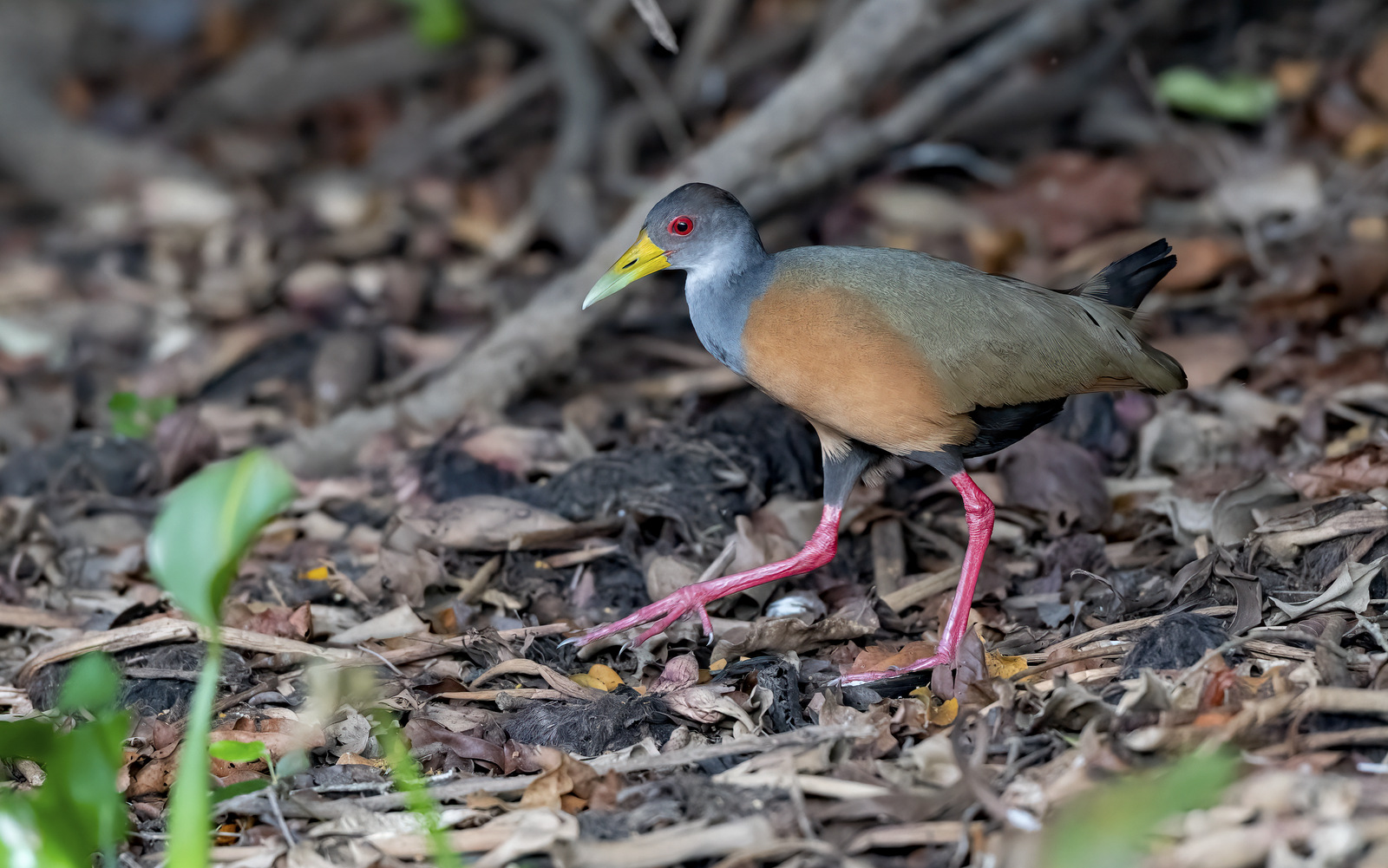 Above we have a nice image of a Grey-cowled Wood Rail (GCWR). The image is technically sound. The entire bird is in sharp focus allowing us to see the fine detail of each feather. The lighting is even making the exposure relatively easy — no areas of the image are too bright (“blown out”) and no areas that are too dark. The “flat” light ensures that the colors are accurate and pleasing allowing us to see all the beautiful colors of this South American bird.
Above we have a nice image of a Grey-cowled Wood Rail (GCWR). The image is technically sound. The entire bird is in sharp focus allowing us to see the fine detail of each feather. The lighting is even making the exposure relatively easy — no areas of the image are too bright (“blown out”) and no areas that are too dark. The “flat” light ensures that the colors are accurate and pleasing allowing us to see all the beautiful colors of this South American bird.
It’s a good photo.
No really, a really nice image.
It’s a really nice image…………………………………..that is boring.
Ok, that’s not totally fair. It would be a perfect photo to use in a Bird Identification Field Guide — in this image you can see all of the key features of the specimen and verify if it is the bird you saw. In such a book you would learn that the GCWR can be found in the forests, mangroves and swamps of Central and South America. This sounds about right since I photographed this fellow in the Pantanal of Brazil.
In such a reference guide you could learn that rails, birds that are members of the Rallidae family, are small- to medium-sized, ground-living birds. The family includes crakes, coots and gallinules and includes about 150 species of birds. This family of birds is quite diverse and can be found across much of the planet.
It is a great documentation photo and is a good image to start my GCWR portfolio. However, as this fellow sauntered about and zigged and zagged his way among the roots of the trees in the mangrove in search of a meal (most likely looking for crabs, mollusks, arthropods, frogs, seeds, berries, etc.) I managed to capture the shot below:
Wow! Although both images are of the same bird, the visual impact of the two photos could not be more different. In this shot the shallow depth of field produces a dramatic backdrop and produces a real sense of depth. That beak seems to be coming right out of the screen while little else of the bird is in focus. And the lack of definition of those red feet makes me notice them (stare really) much more than in the first image. They’re kinda creeping me out…
The portrait orientation of the image tightly stacks all of the bird’s colors on top of each other into a bewildering cacophony of hues. And the side lighting produces drama and highlights that red eye as it stares ominously at us. The angled root adds to the visual chaos. I find my eye jumping from that red foot on the root to the dramatic hues of the beak, to that red eye, and then to the chestnut body…and back to the foot, and the beak….
While I observe the first image, I feel the second. In the second image the rail becomes almost an abstract representation of a bird as the elements and colors of the bird take on a life of their own.
From the first image to the second we go from documentation to inspiration. Or perhaps from representation to interpretation? From so real to surreal? (I could do this all day, but I think you get the idea…)
Ahh, the wonders of photography — an art that can capture what we see to what we can imagine, or anything in between.
Until next month….michael
Sources:
Nikon D850, Nikon 200-400mm (@350mm), f/4, 1/1000s, ISO 6400
30
Shot of the Month – April 2021
This month we visit with the regal looking Great Egret (GE). His pose makes me laugh and I can’t help but picture a noble gentlemen of the 17th century in his long frock coat waxing lyrical about the Enlightenment and the state of the Empire.
Do you see it? Funny right?
Ok, it’s probably just me….
As I explained in an earlier post (Identity Crisis), an Egret is a Heron who happens to be all white. You can find Egrets in a range of sizes — The GE is the largest, standing almost four feet tall with a wingspan of up to five feet across.
The four sub-species of GE are distributed across the planet. One sub-species can be found in Asia, another in Africa, a different one in the Americas, and one in southern Europe. I photographed this fellow in the Ding Darling NWR in Florida so he is part of the America’s sub-species Ardea alba egretta.
Despite the 18th century similarities (at least in my head) the GE was almost wiped out in the US in the 19th century as humans hunted them mercilessly for their feathers to put in ladies’ hats.
The egret population dropped by 95%.
Because of f&@!(* hats!
Thankfully conservation efforts have allowed the population to recover in most places. Interesting fact: A GE in flight is the symbol of the National Audubon Society as the group was created during this period by outraged citizens to stop the slaughter.
I didn’t know that.
Great Egrets can usually be found in wetlands, marshes, swamps, streams, ponds, tidal flats and assorted fresh and salt waterways. These birds are super chill and are usually seen standing motionless at the water’s edge as they look for fish, their main prey; though they will also dine on amphibians, reptiles, mice and other small animals.
The GE is incredibly patient and will stand for looong periods as it waits for an opportunity to strike. I can attest to their patience as I have often lost that staring contest. For far too many times than I care to remember I have stared through a view finder with my finger poised on the shutter release button to only miss the bird’s plunge when I lifted my head for a brief second to reset my watering eyes and shift my sore neck. I am not bitter, really…
The deathblow is delivered with a quick thrust of the sharp bill and the prey is swallowed whole. Gulp.
One of the few times I captured the lightning strike. Kapow!
Curious about the dramatic lighting of these images? Learn about how it is achieved in my post Bird Art That post will also tell you more about the damn hats (with a photo!).
Despite the strong population rebound since the big, stupid hat massacre some populations of GE are struggling again. For example in the Florida Everglades the population of mating pairs of GE has dropped 90% in recent years due to urbanization, pesticide use, agricultural runoff, industrial mercury and lead poisoning. And due to illegal toxic-waste dumping, draining, dredging and road building. To name a few….
You have to admire the resilience of the Great Egret though I do hope that our continued onslaught on these birds does not force the Audubon Society to retire its hard-earned logo.
Until next month……m
P.S. Did you notice the fish in the first image?
Sources:
Nikon D4S, Nikon 600mm, f/11, 1/1000, ISO 6400, EV -2.5

